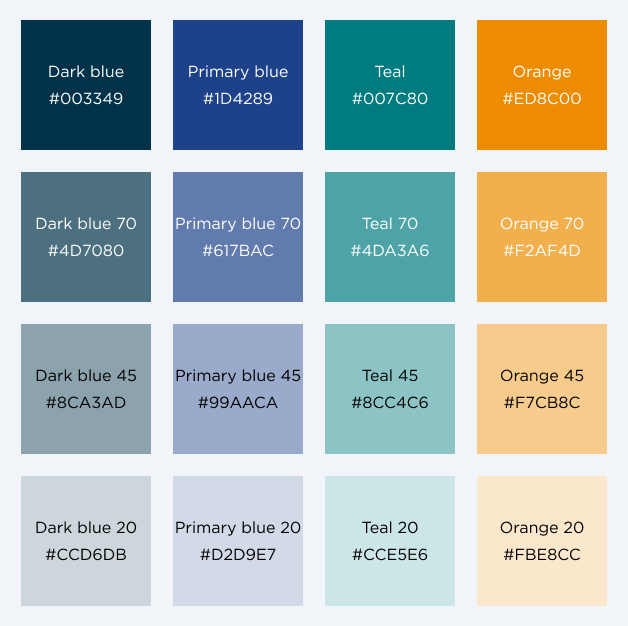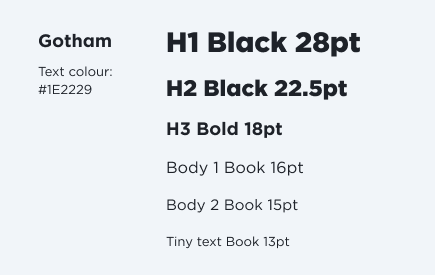Phonics Checks
2025 Phonics assessment application
Background
Phonics checks were introduced in all schools and kura throughout Aotearoa from January 2025. This programme was part of new education priorities:
- Smarter assessment and reporting: implementing consistent modes of checking student progress and achievement
- Stronger learning support: targeting effective learning support interventions for students with additional needs.
- Greater use of data: using data and evidence to drive consistent improvement
The phonics check is a short assessment that helps teachers identify how well a child can decode the sounds that make up words. Children are asked to read aloud from a list of 40 words, made up of both real words and nonsense (pseudo) words. The check is carried out individually, takes about 5-10 minutes per child, and will form part of a teacher’s everyday assessment practice.
The assessment is a way to make sure students are making progress with their phonics learning and provide help early on to those who need it. The checks are done at 20 weeks and 40 weeks of schooling, or roughly six months and a year after a child has started school.
Overview
Phonics is a web application that allows teachers to administer phonics checks, record results, and see student assessment insights. It is the digital solution to the previous paper-based model that is used by teachers. Since the assessment is very data-heavy and required a lot of manual inputting with the paper-based version, a web application solves this issue, allowing teachers to carry out phonics checks easily with much of the process being automated. Digitisation also allows for more consistent reporting, as all check results will be sent to the Ministry of Education.
My role was to design the interface and user experience. Multiple rounds of user testing were done with teachers to validate the UI as well as further add to the discovery of how checks are carried out in a realistic setting.
Discovery
Understanding the user and context
- User insights: observations from initial trials of the programme were collected from various schools and kura. This helped to understand the current user experience and identify areas of improvement that can be addressed with the digital solution.
- SME conversations: had discussions early on with curriculum SMEs to gain context about the broader programme, including how the checks are administered, how checks are scored, and how student data is used.
- Paper model as a precedent: the paper version of Phonics checks was studied and used to inform UX decisions as they included all the check materials and content.
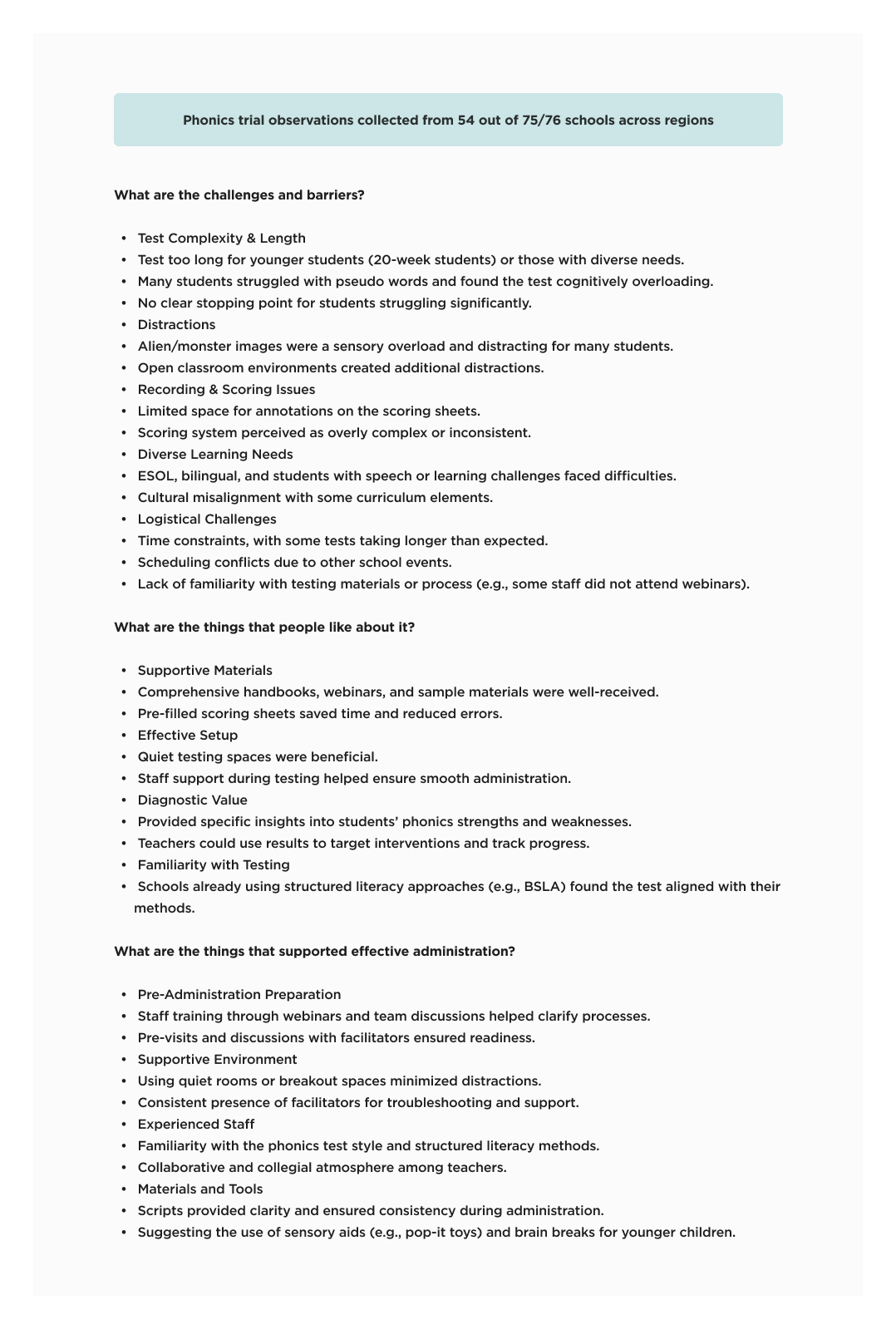
Paper model of Phonics checks
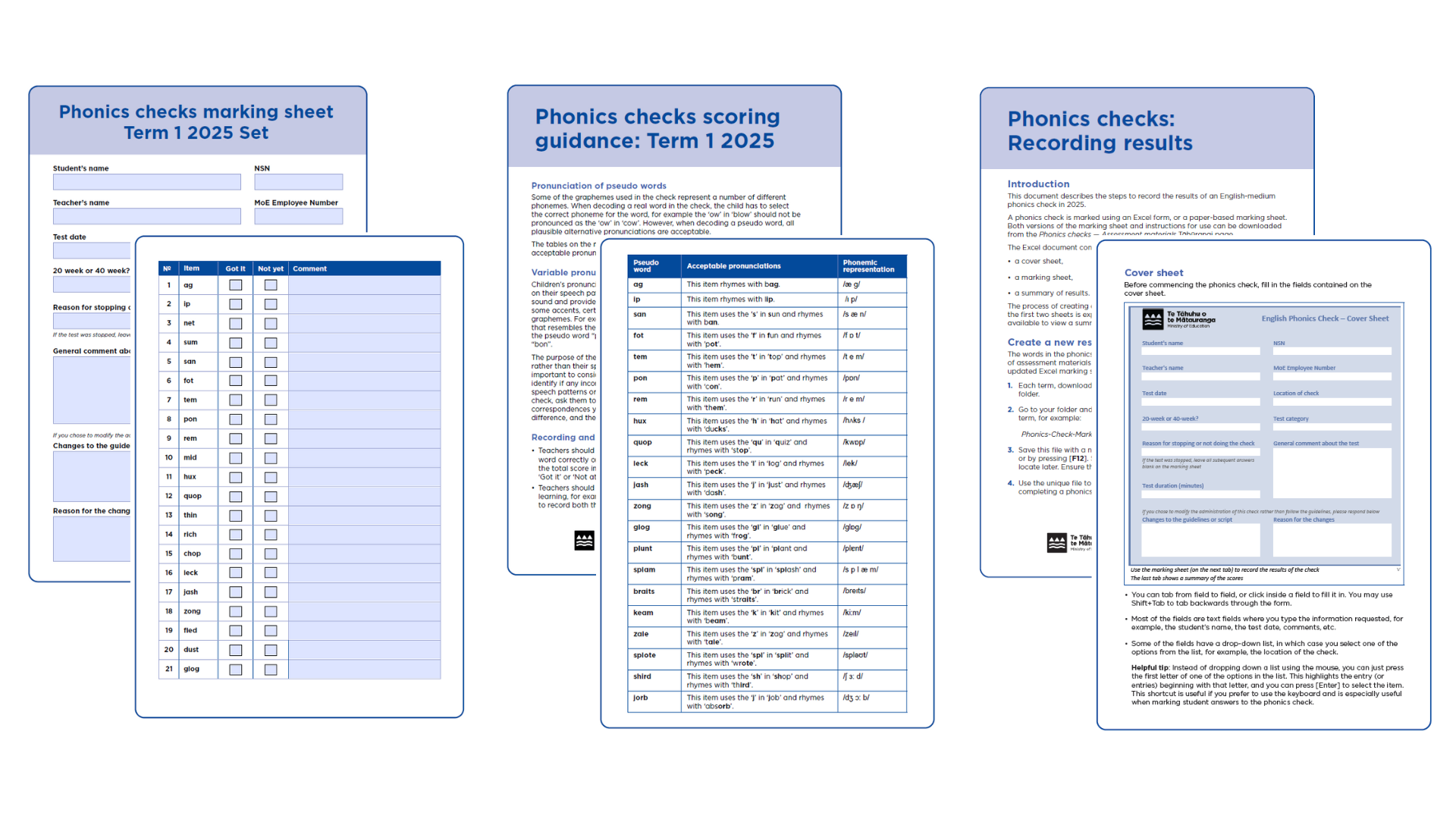
User story mapping
The teacher pathway for administering phonics checks was mapped out, with user goals and tasks identitfied
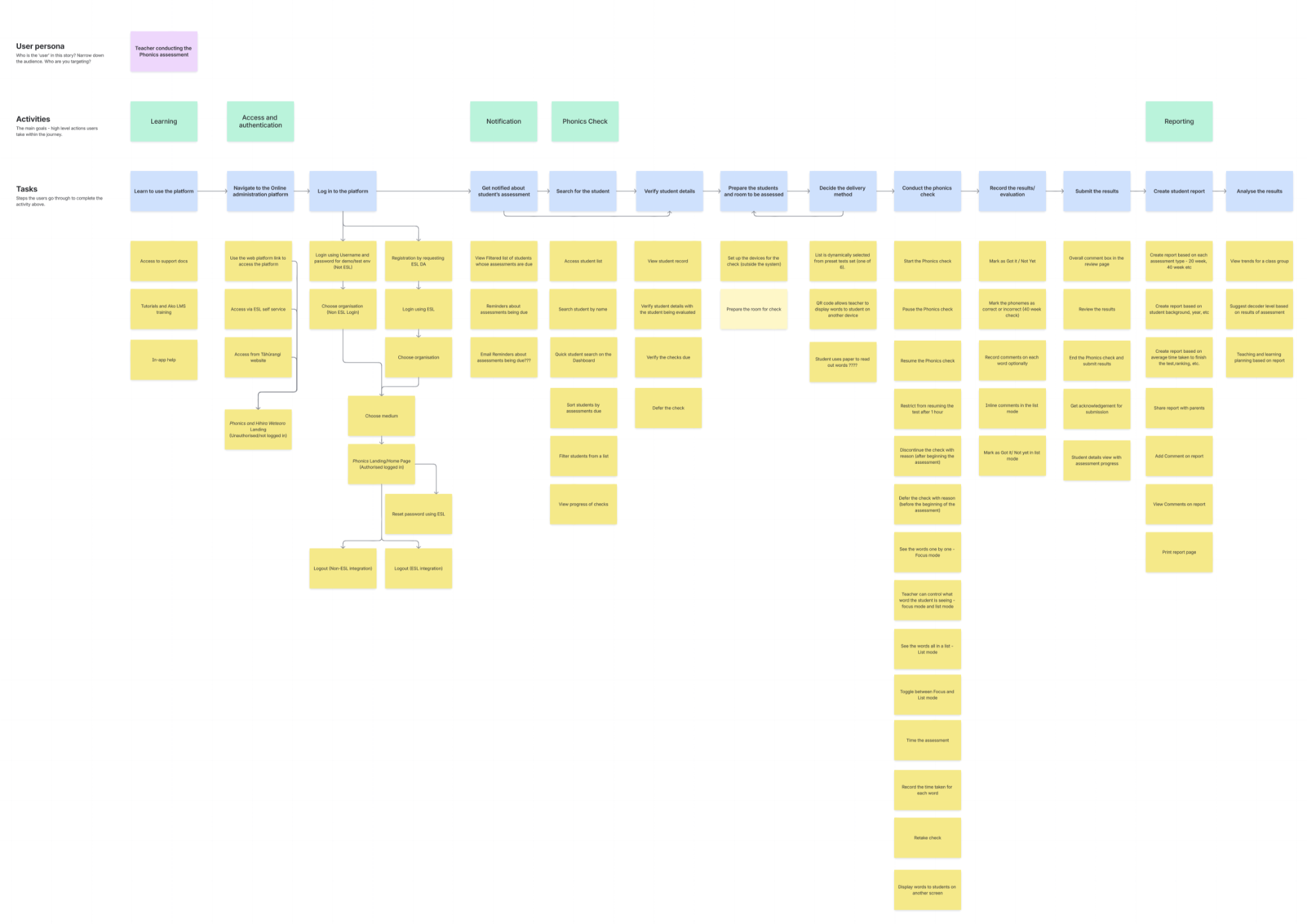
Wireframes
Initial wireframes of key screens were created to communicate the user flow to stakeholders and external vendors
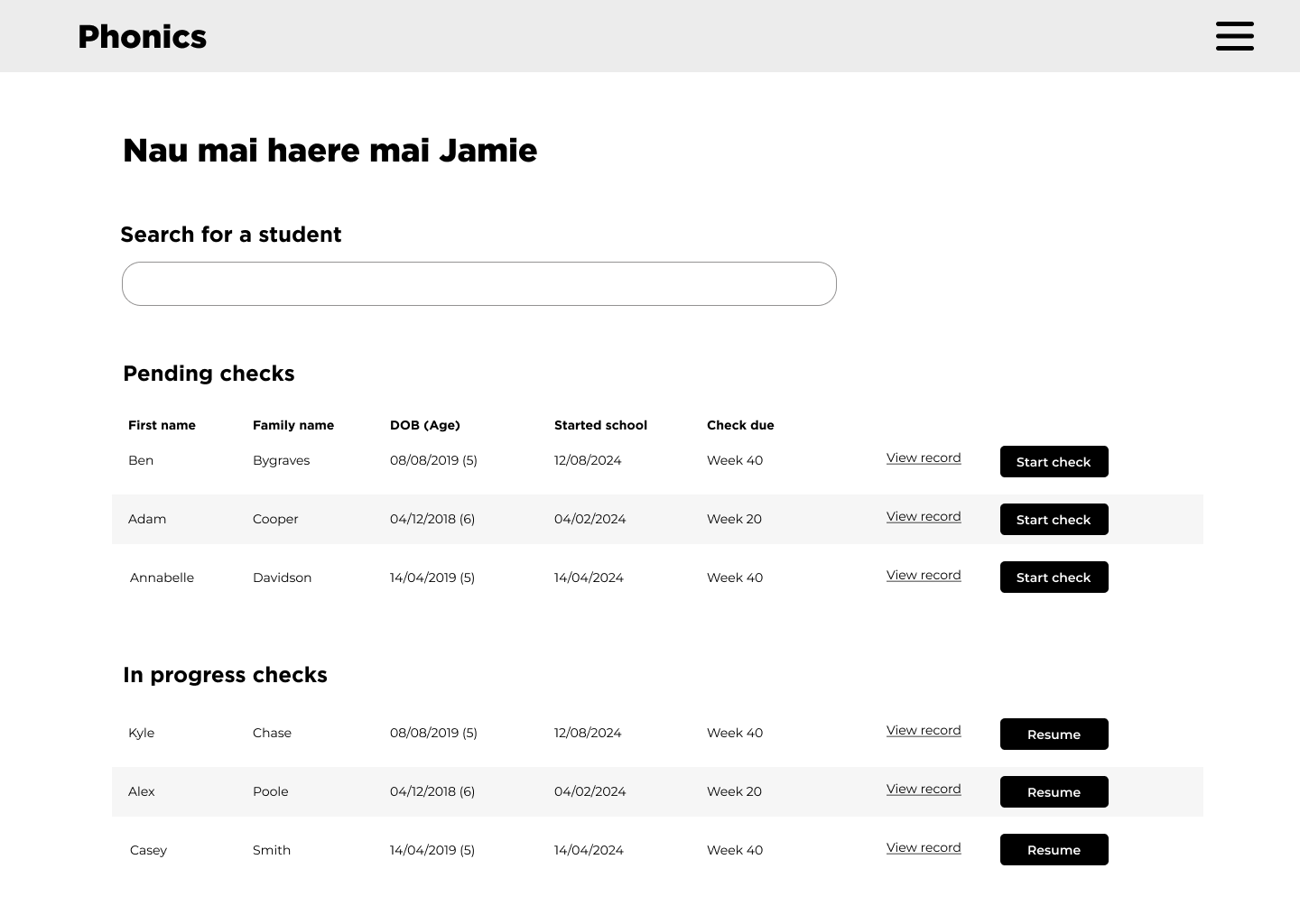
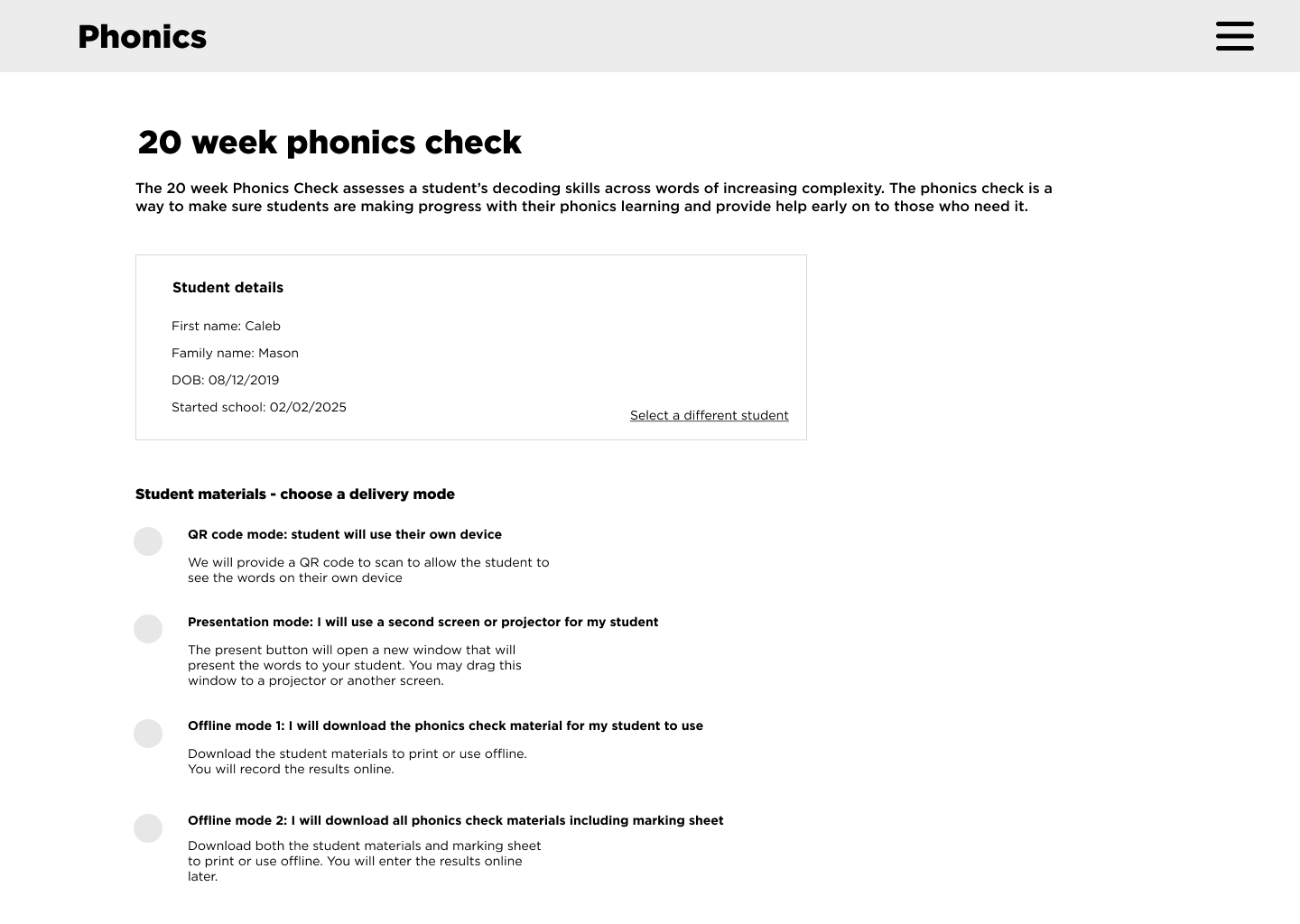
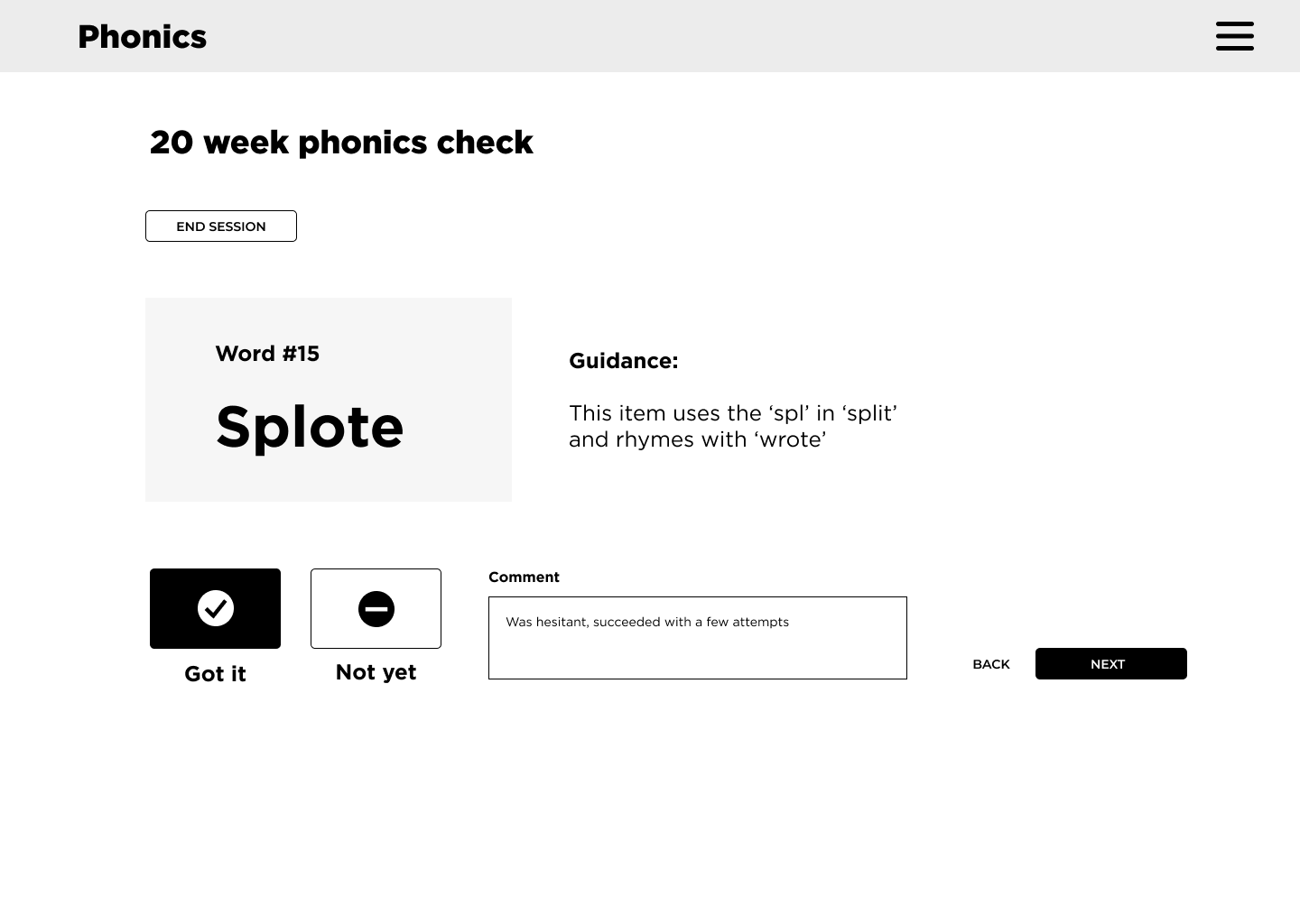
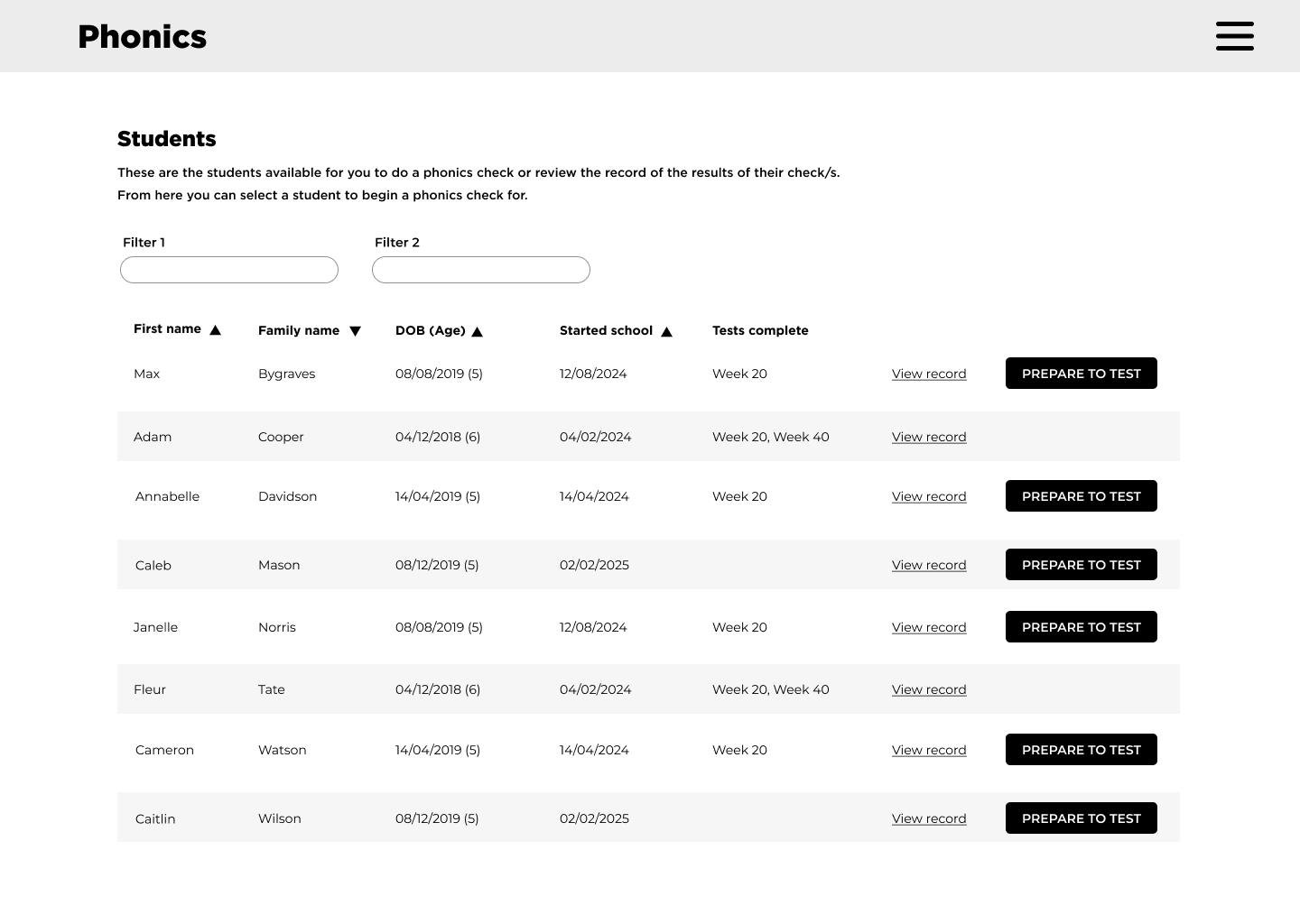
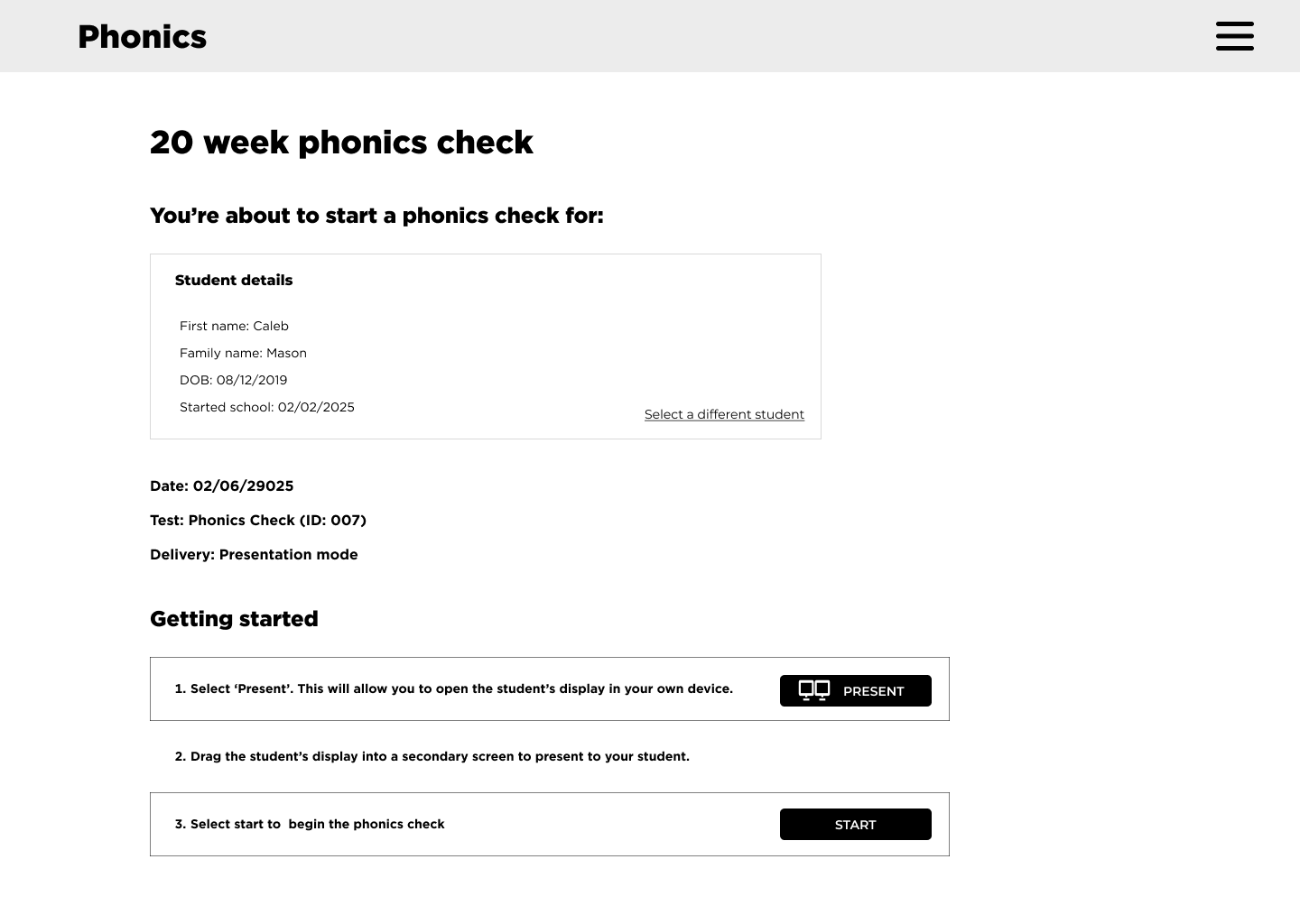
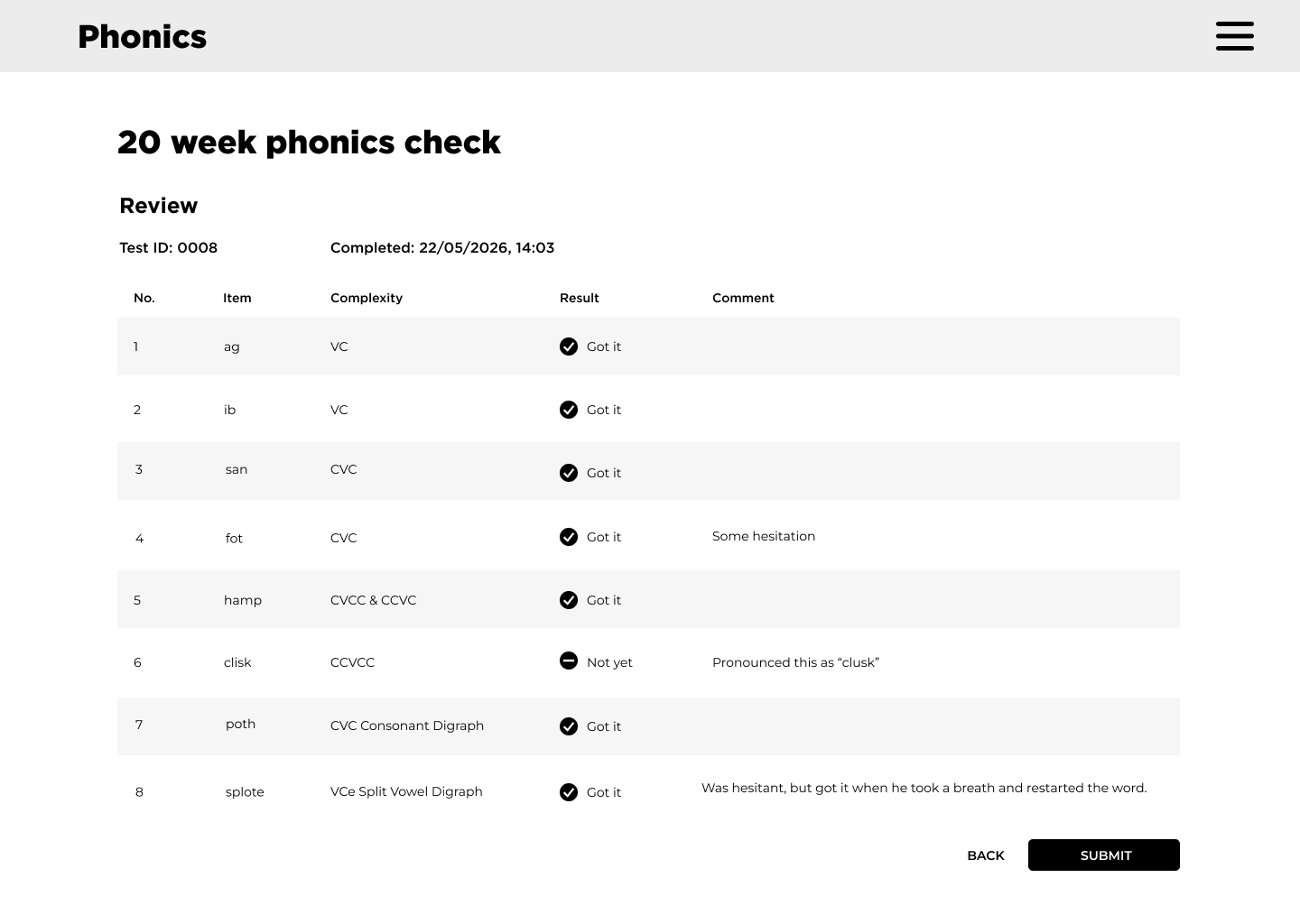
Initial high-fidelity prototypes
A first version of high-fidelity design was created and iterated with stakeholder/SME collaboration.
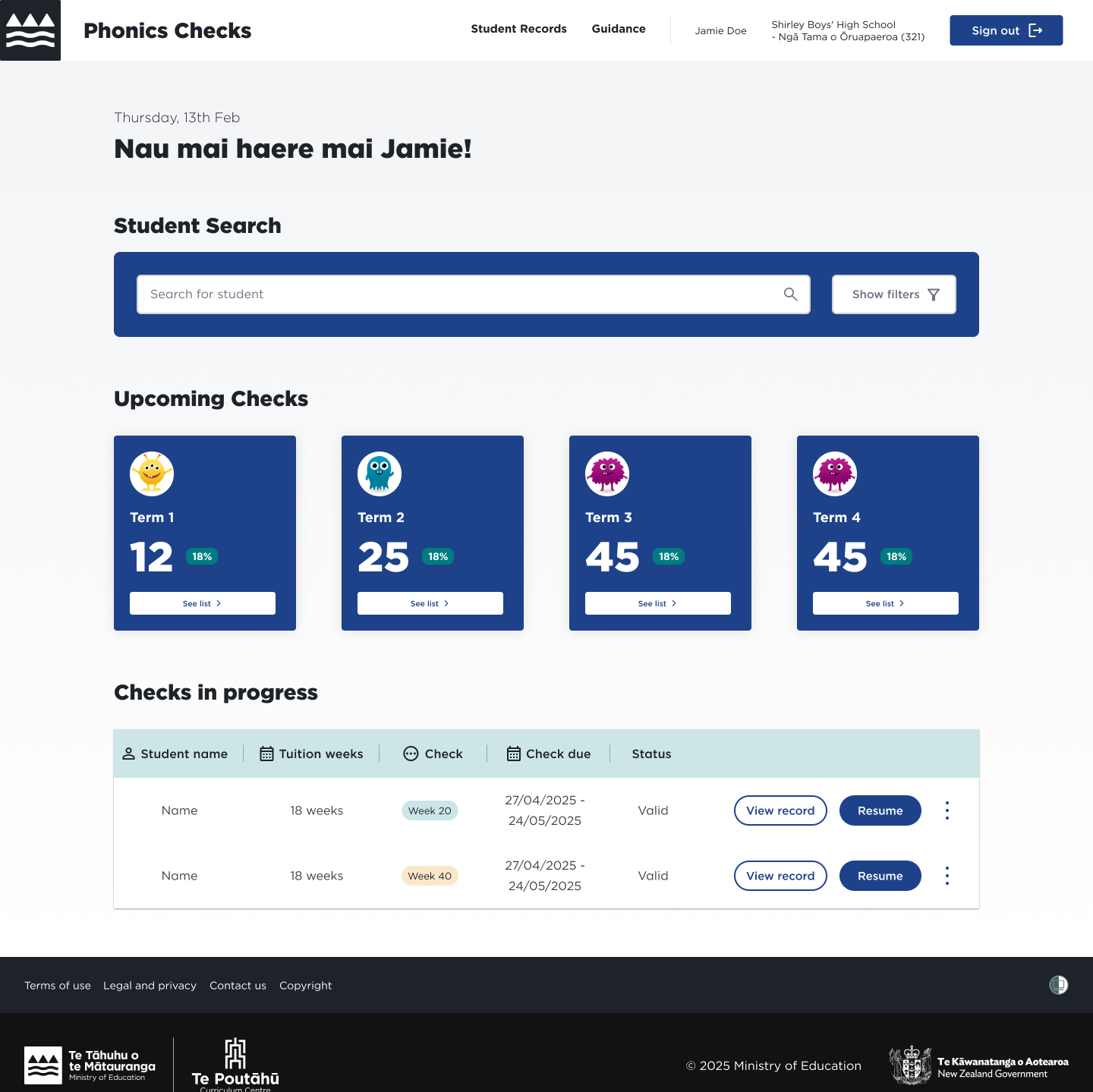
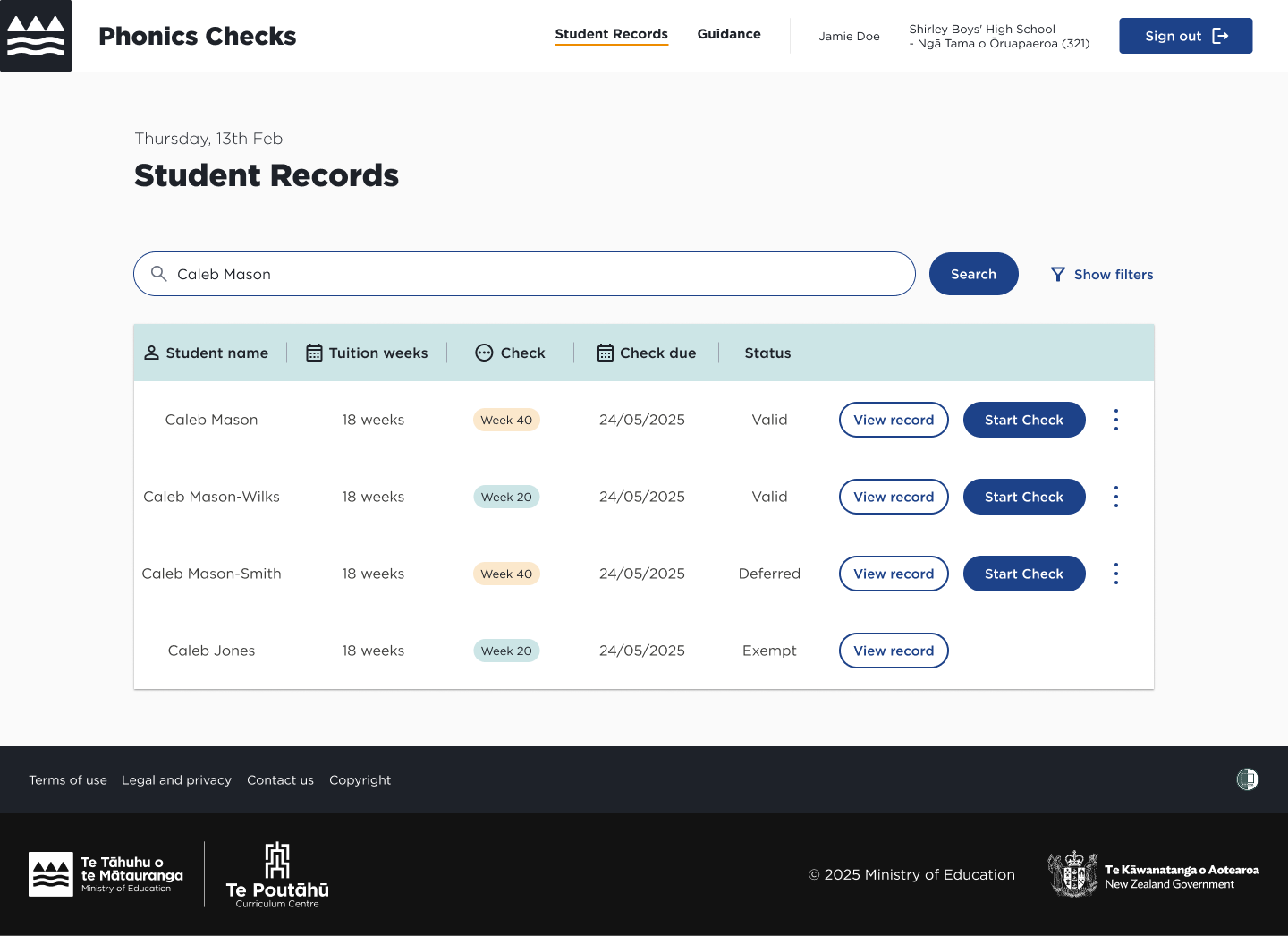
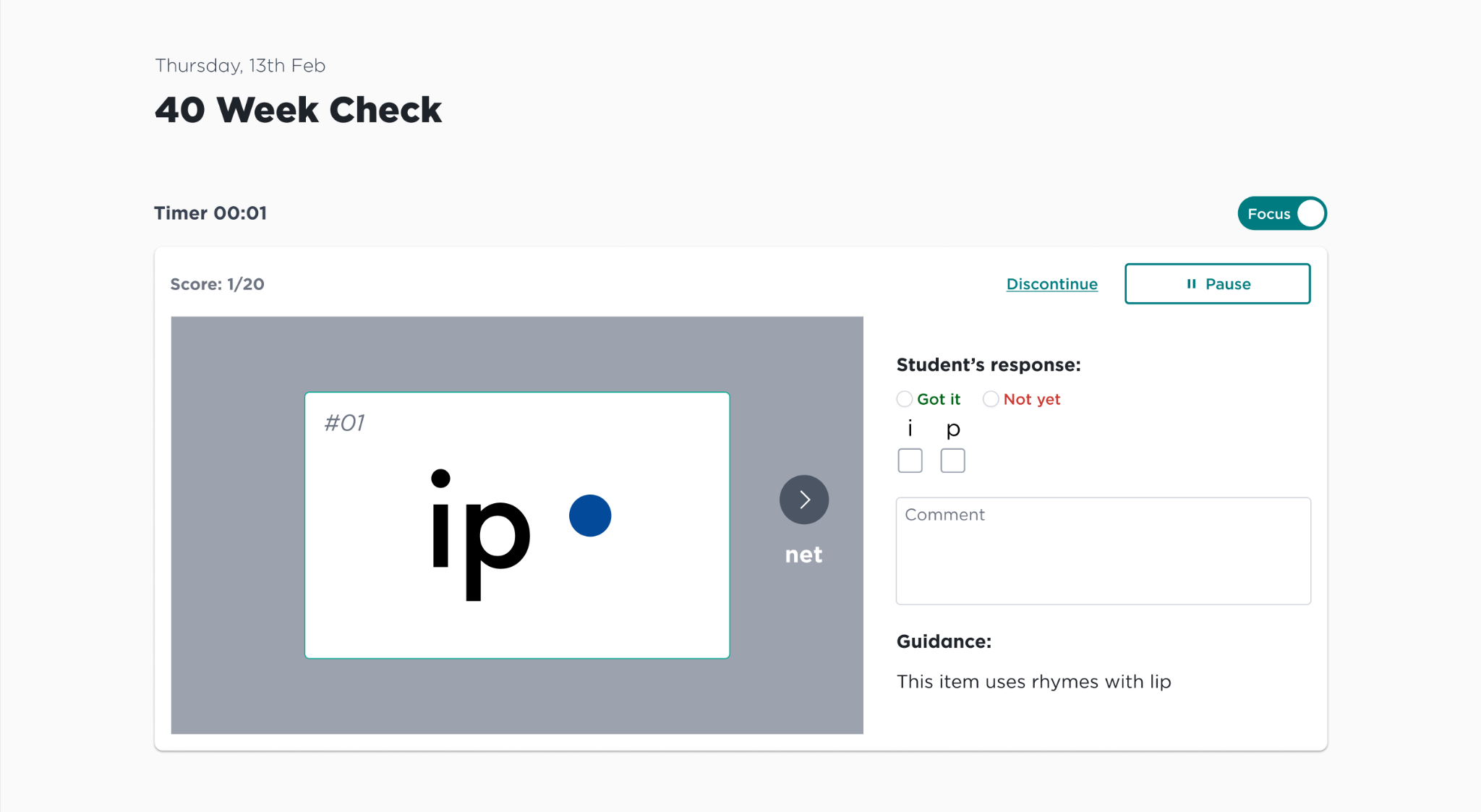
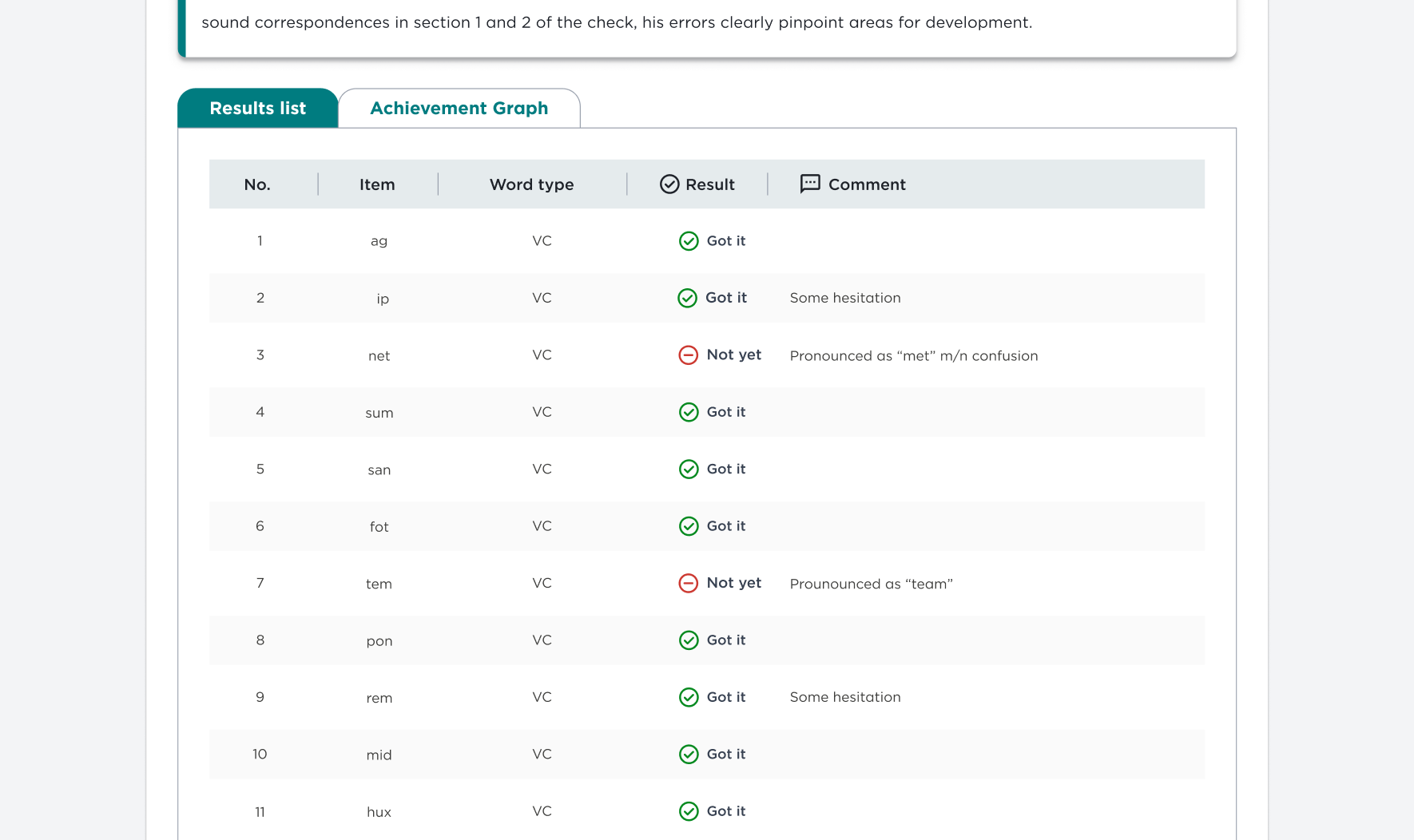
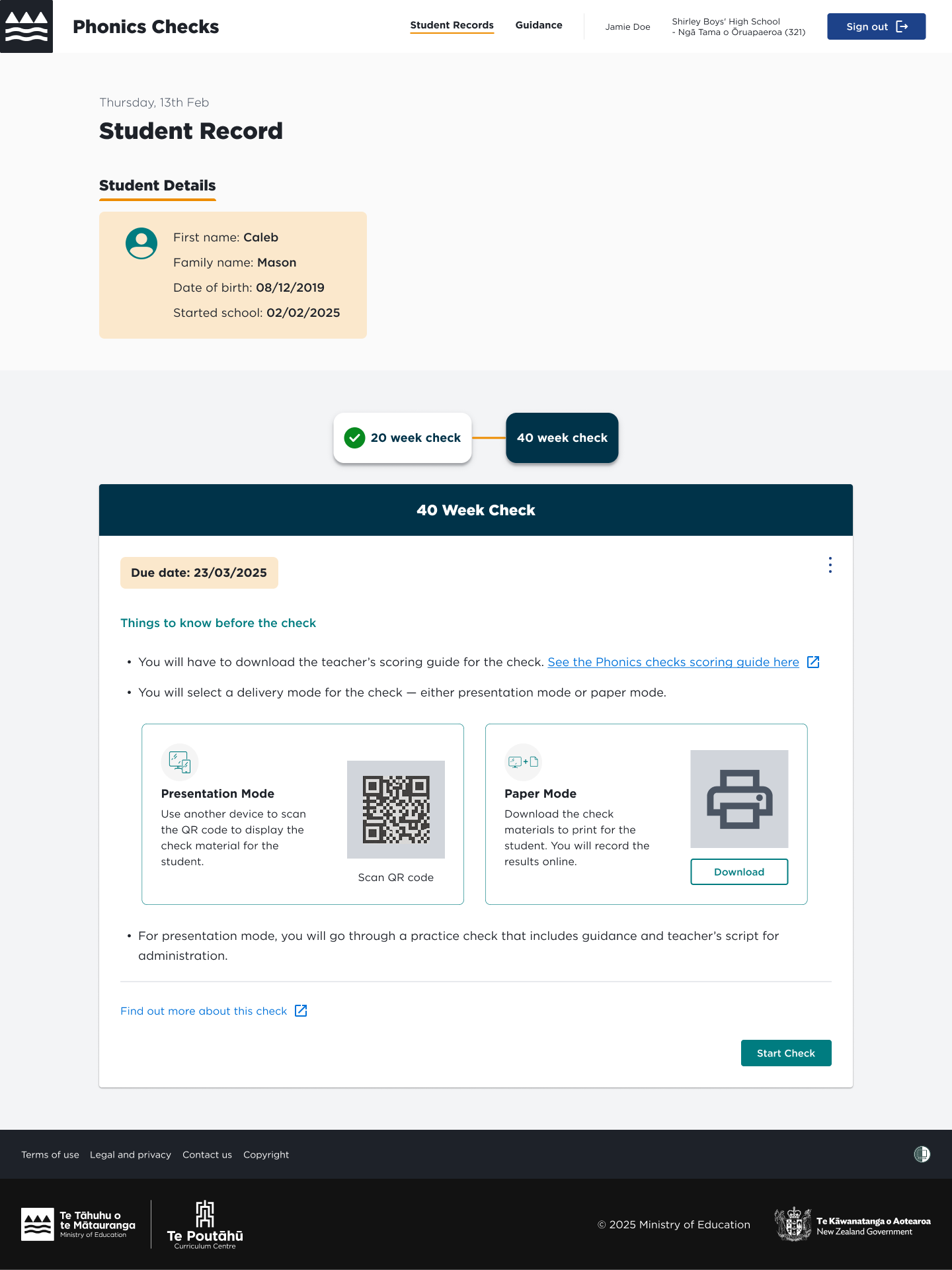
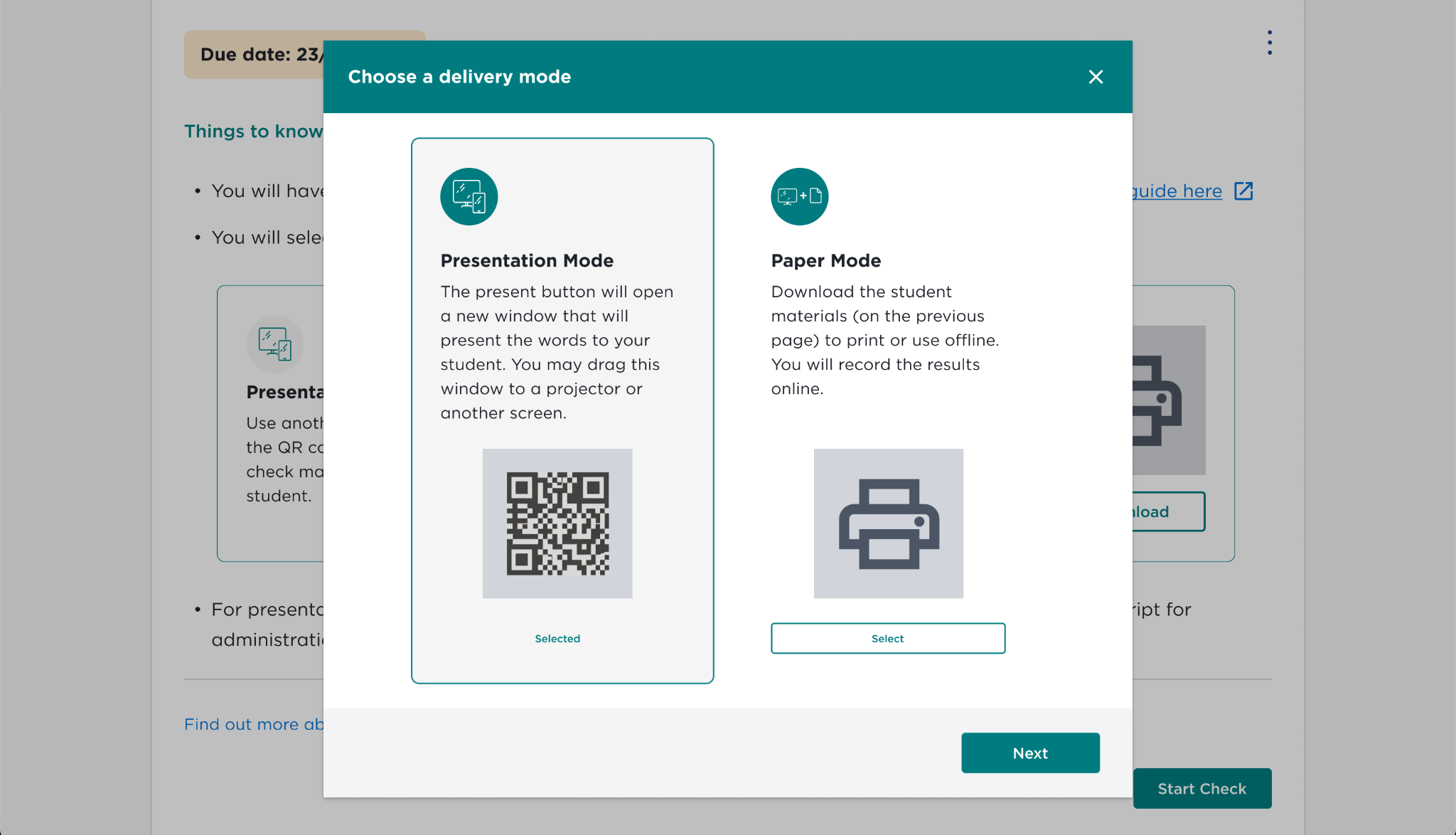
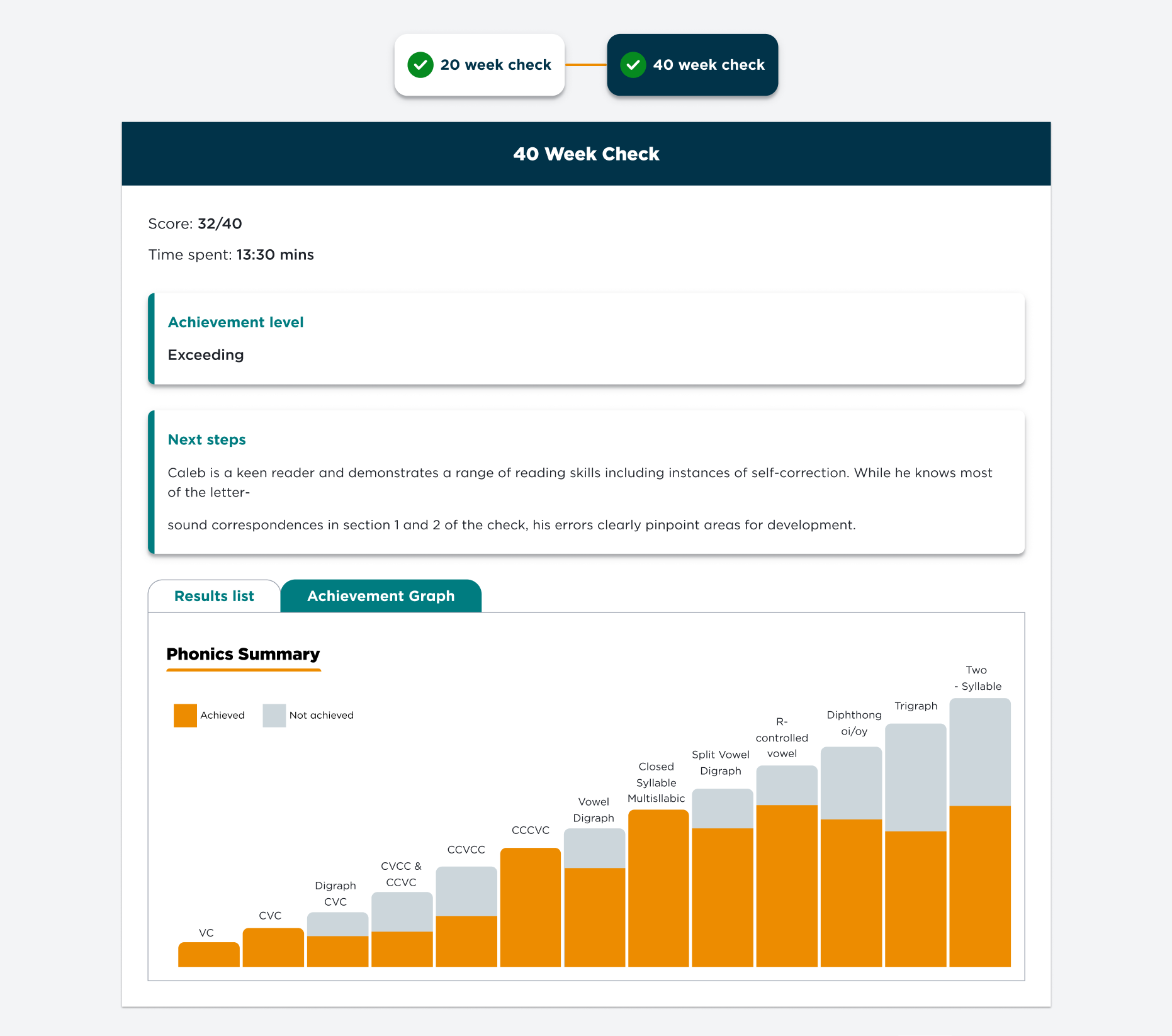
User testing
- Multiple rounds of user testing were conducted with teachers in various regions and schools to capture any pain points and frustrations in the user interface design and user flow.
- A/B testing was conducted for certain features, such as sticky vs non-sticky controls, marking options, check format (whether users preferred to see words in "list view" or "focus view").
- Iterative testing: the design was tweaked after each round of testing based on user feedback, with new UX changes tested with the next round of participants.
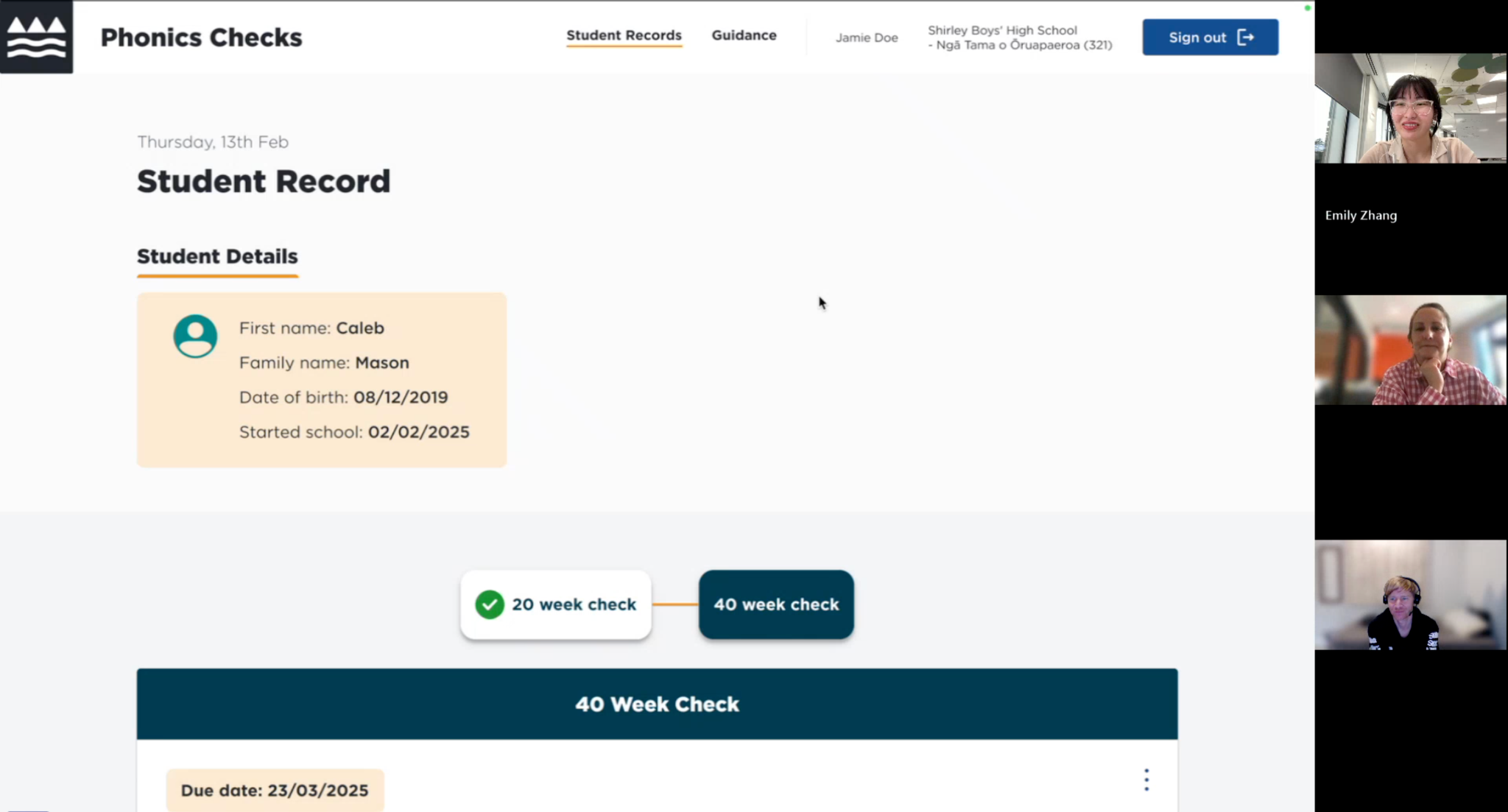
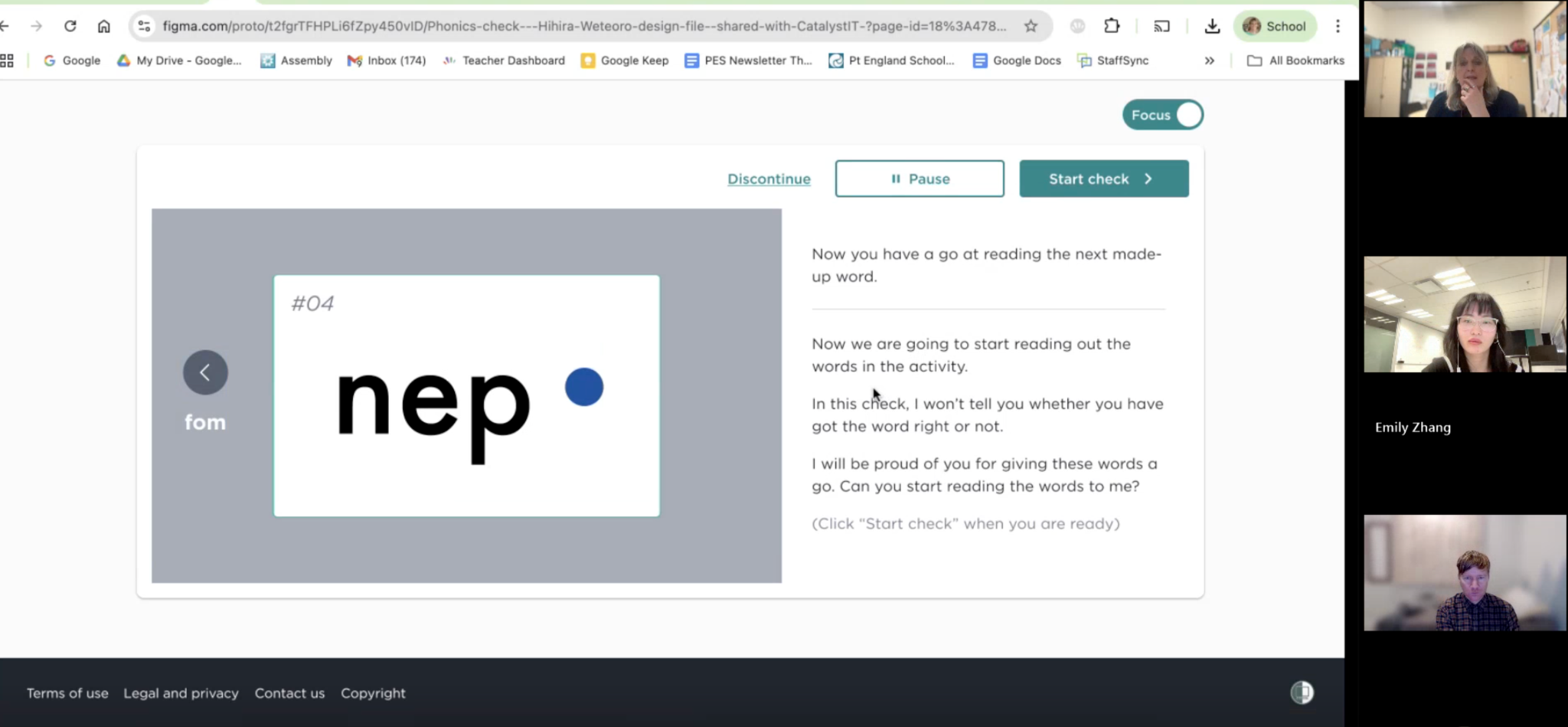
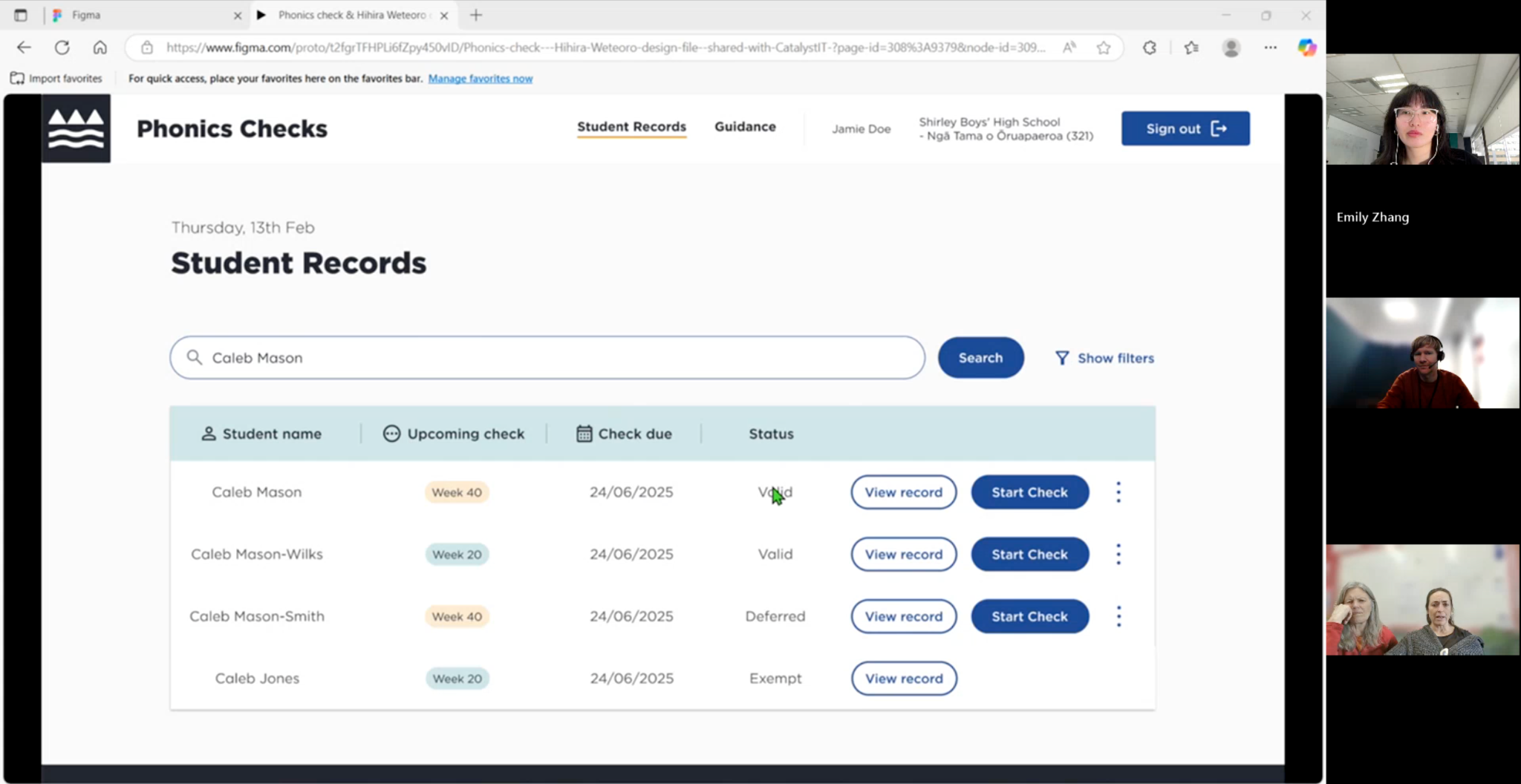
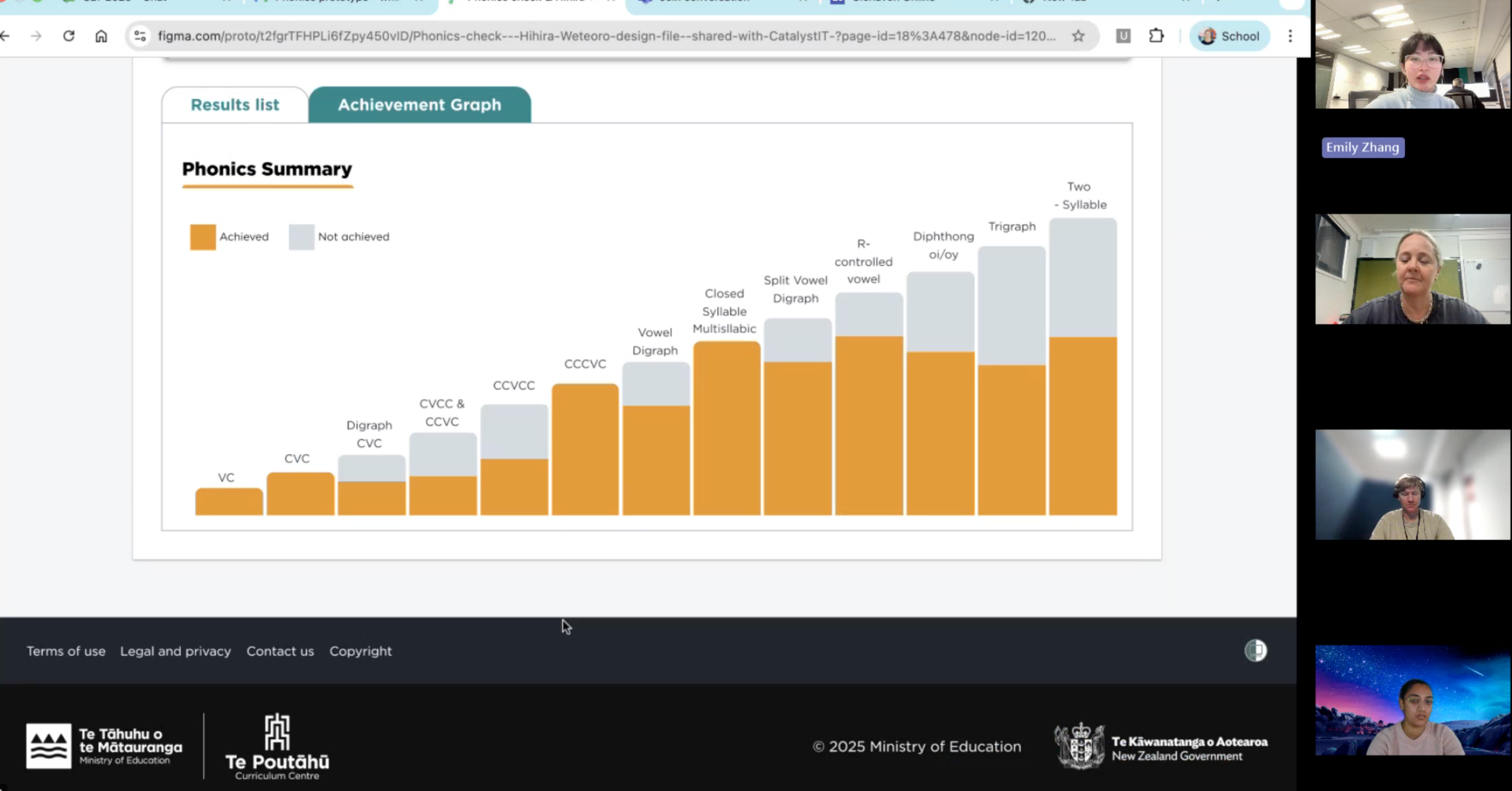
Collaborative Note-taking on FigJam
A collaborative note-taking space is set up on FigJam to allow observers to record notes from the user test sessions. This allows us to capture action points and re-occurring feedback. Findings are collated into a summary report later on and presented back to team members and stakeholders.
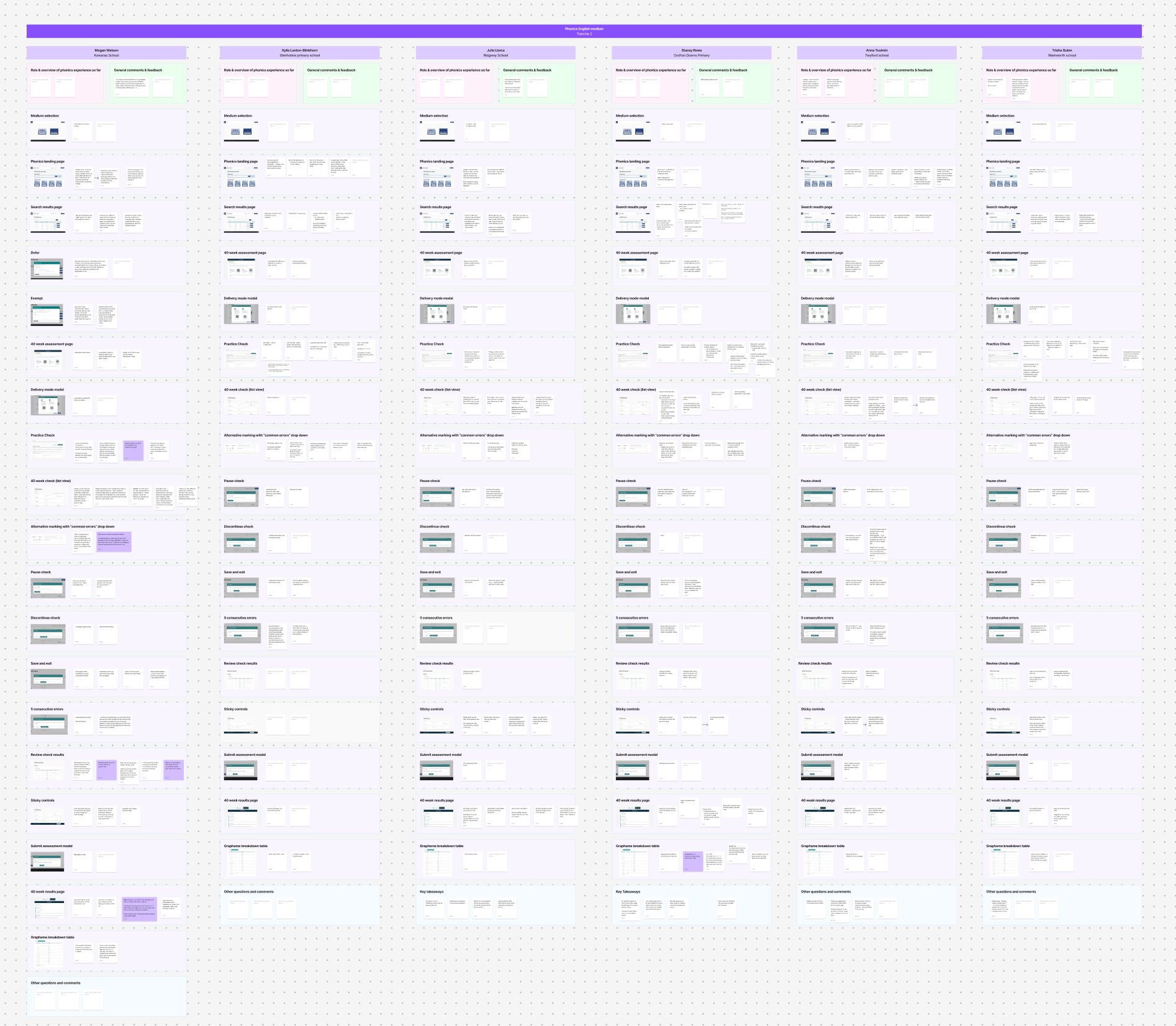
In-person user testing at schools
We had the opportunity to conduct in-person user testing with primary school teachers in the Wellington region. This allowed us to observe the environments where phonics checks would take place, as well as how the teachers incorporate phonics checks into their day. This provided more insight around context and setting. From the school visits we discovered that:
- Teachers often complete multiple checks in a row (e.g. with a whole class) and need to move quickly between checks.
- Checks are done in classrooms and spaces that are familiar to students in their day-to-day.
- Neurodivergent students often require extra attention and are sometimes tested in spaces away from distractions.
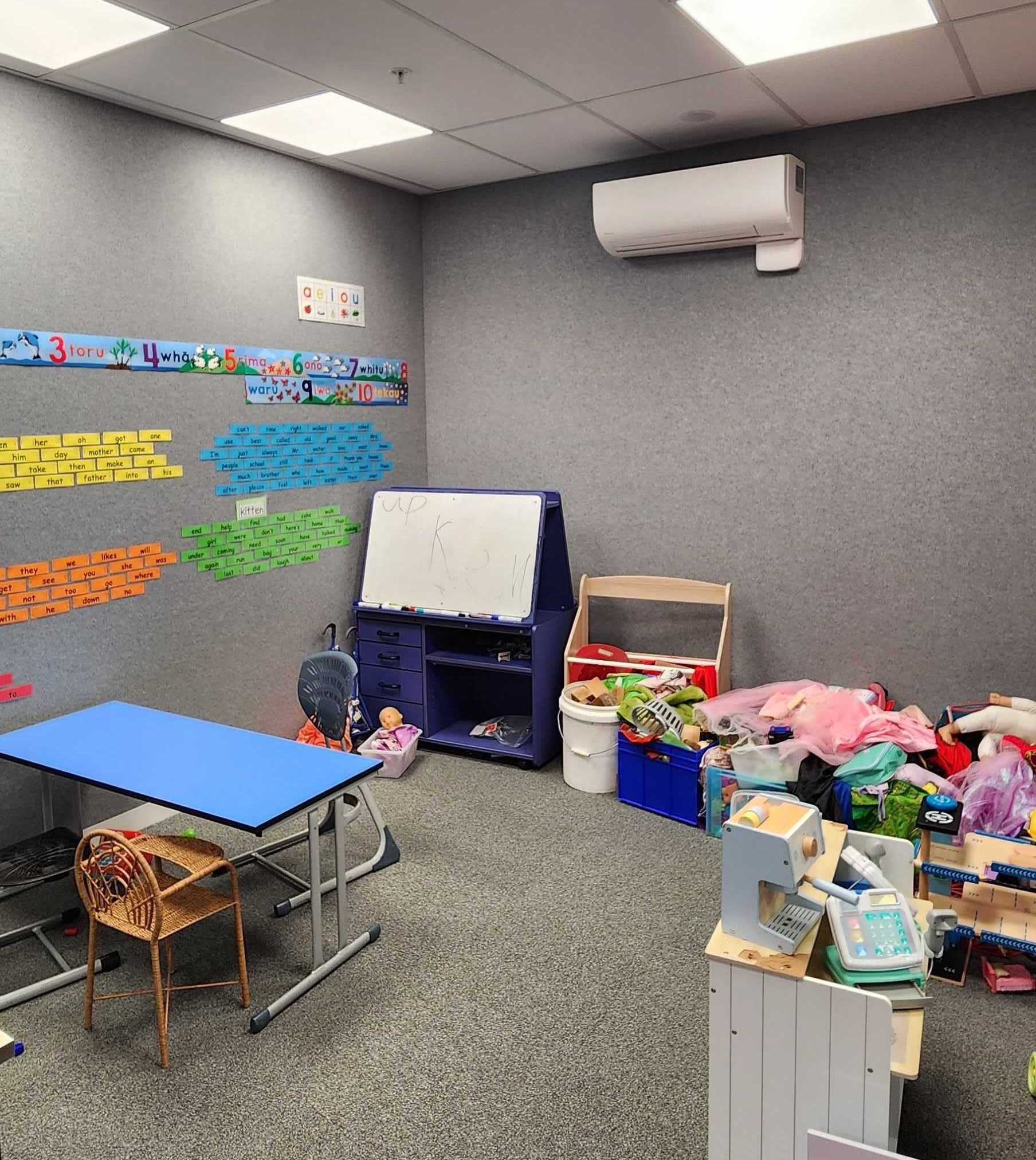
Key insights from user testing
- List view vs focus view: list view was preferred by majority of users, as it allows teachers to see all the words on one page for more efficient tracking and marking.
- An "save and exit" feature would be useful in case a disruption occurs mid-way and the teacher has to stop the check but doesn't want to lose progress.
- Search filtering: would be useful to filter by class to get an overview of student results at class level. Achievement levels could be shown on search results page to be able to see at a glance.
- Achievement levels needed more detail. Users found it helpful to see all levels and score thresholds for each.
- Confusion around how to control word cards at the practice check stage.
- Systems should automatically prompt the teacher to submit check after 5 consecutive incorrect answers are marked (as per Ministry standards).
- No use case for deferring a check. This feature was removed.
Final design
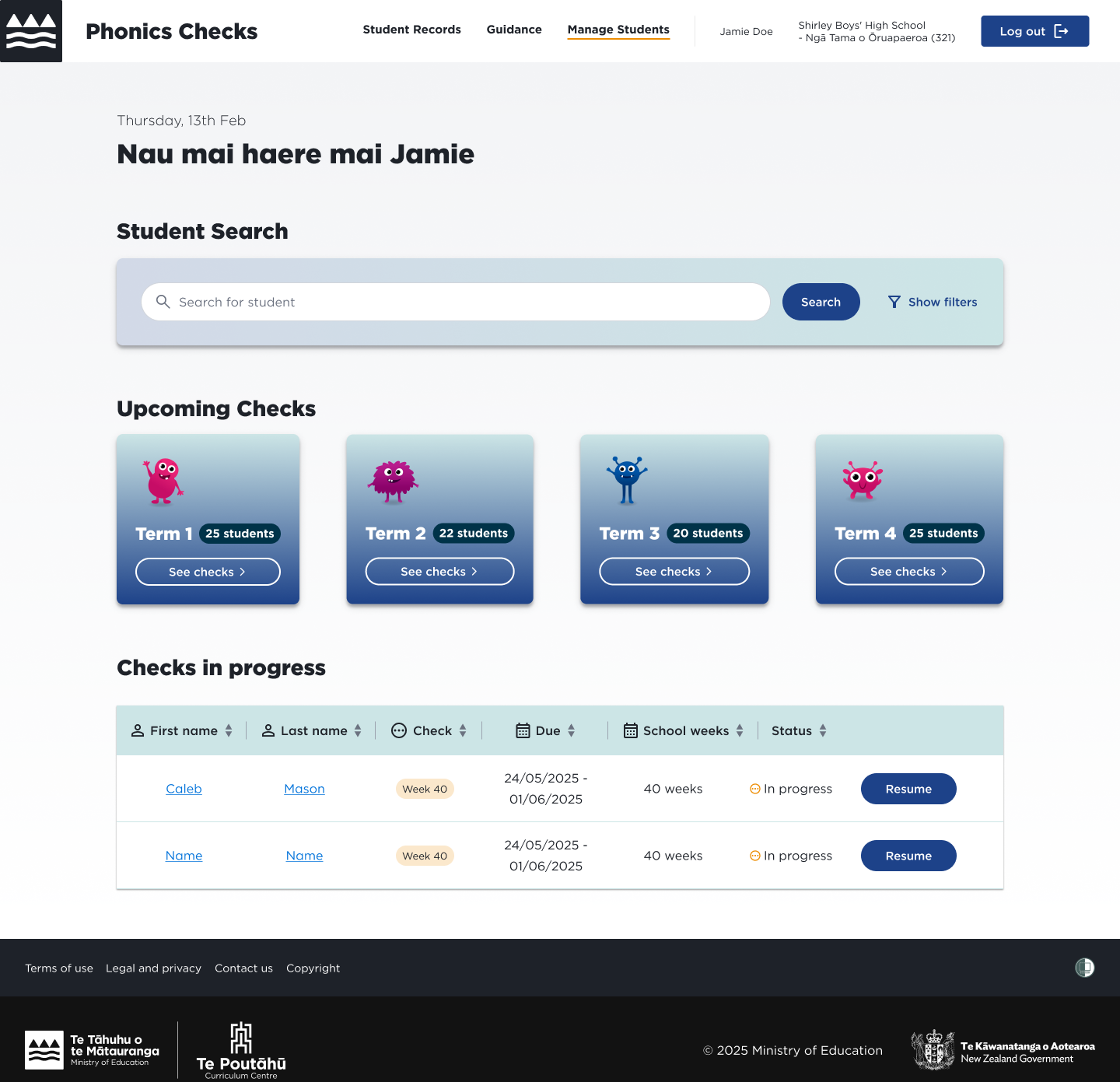
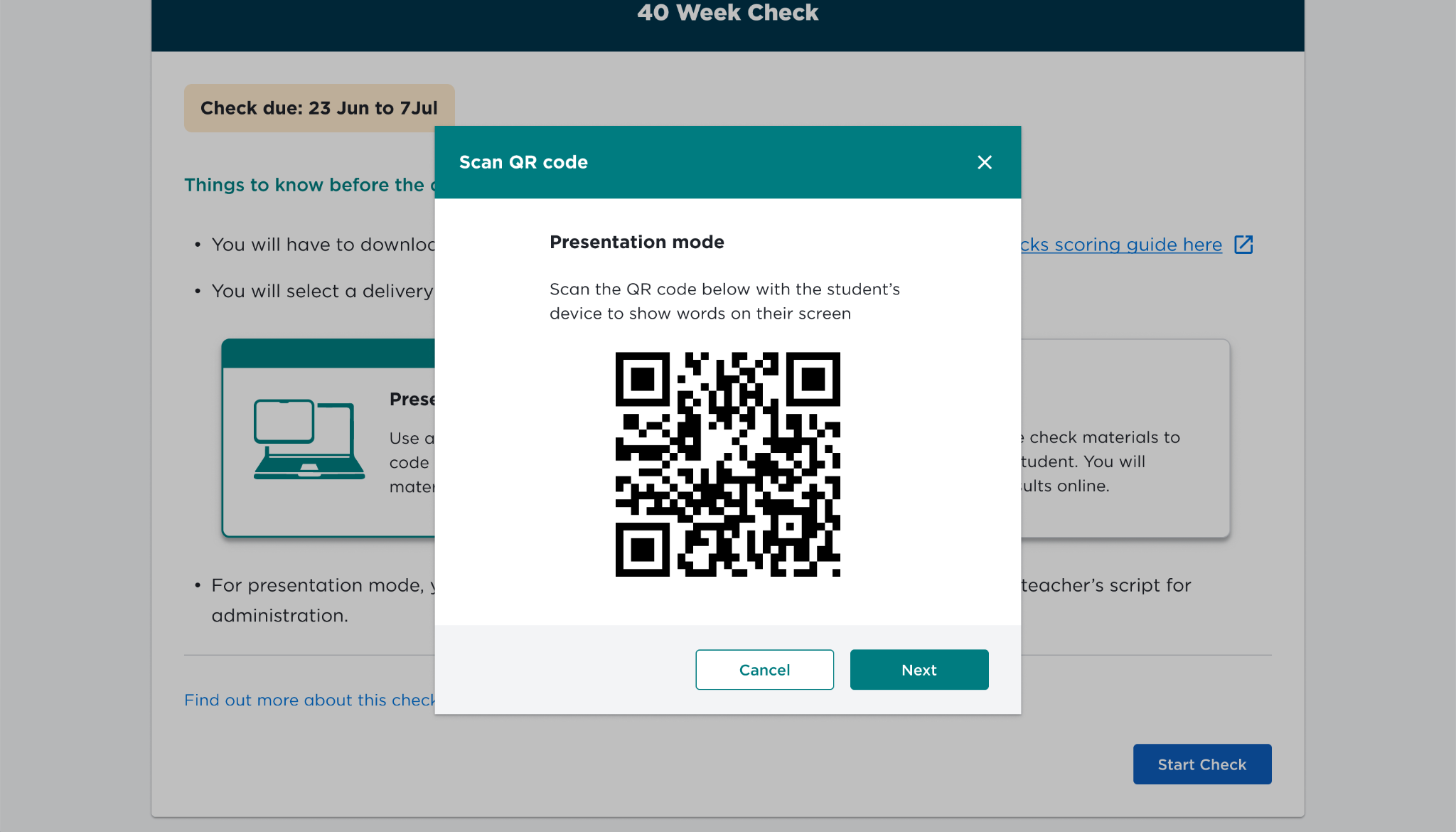
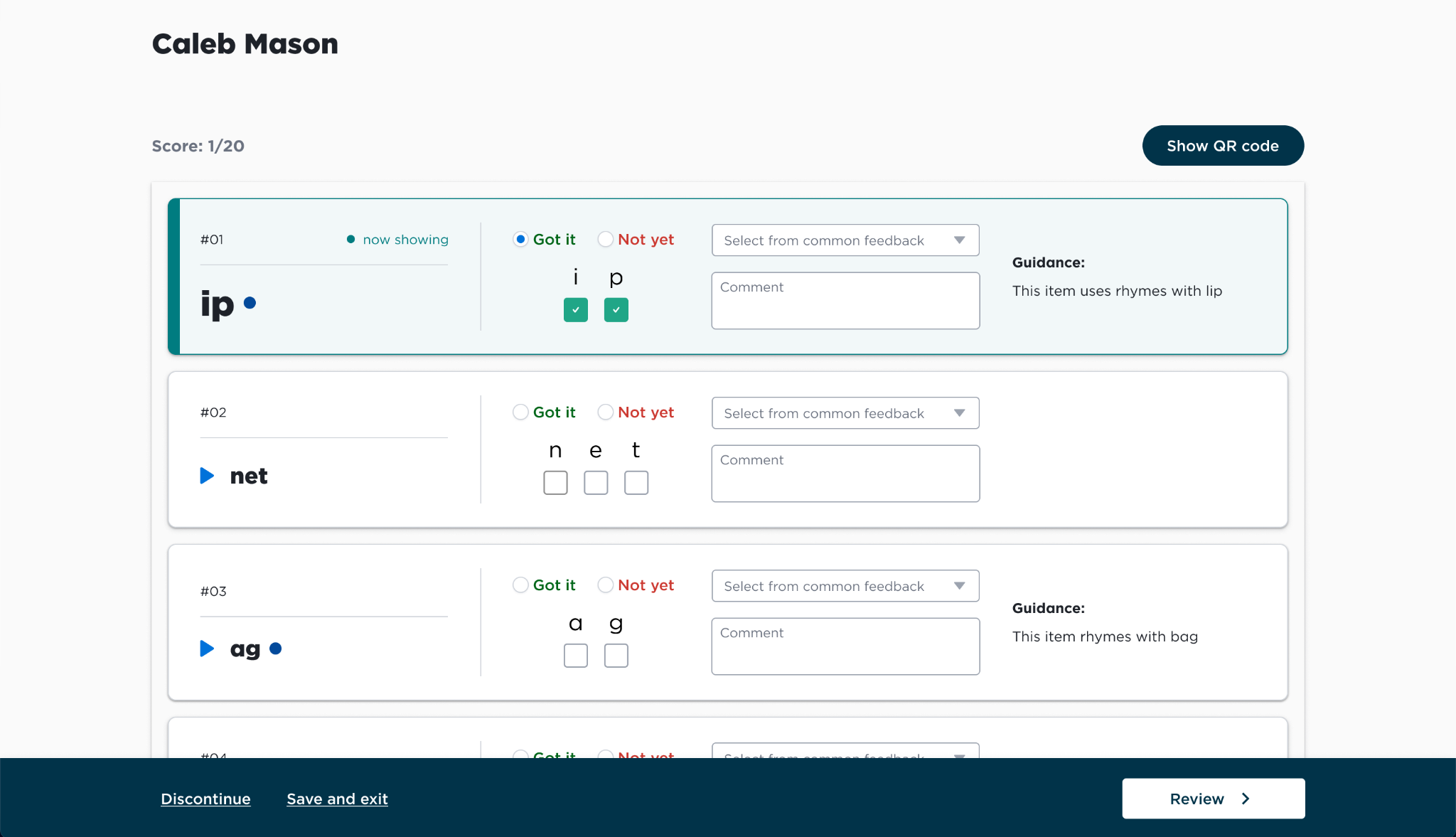
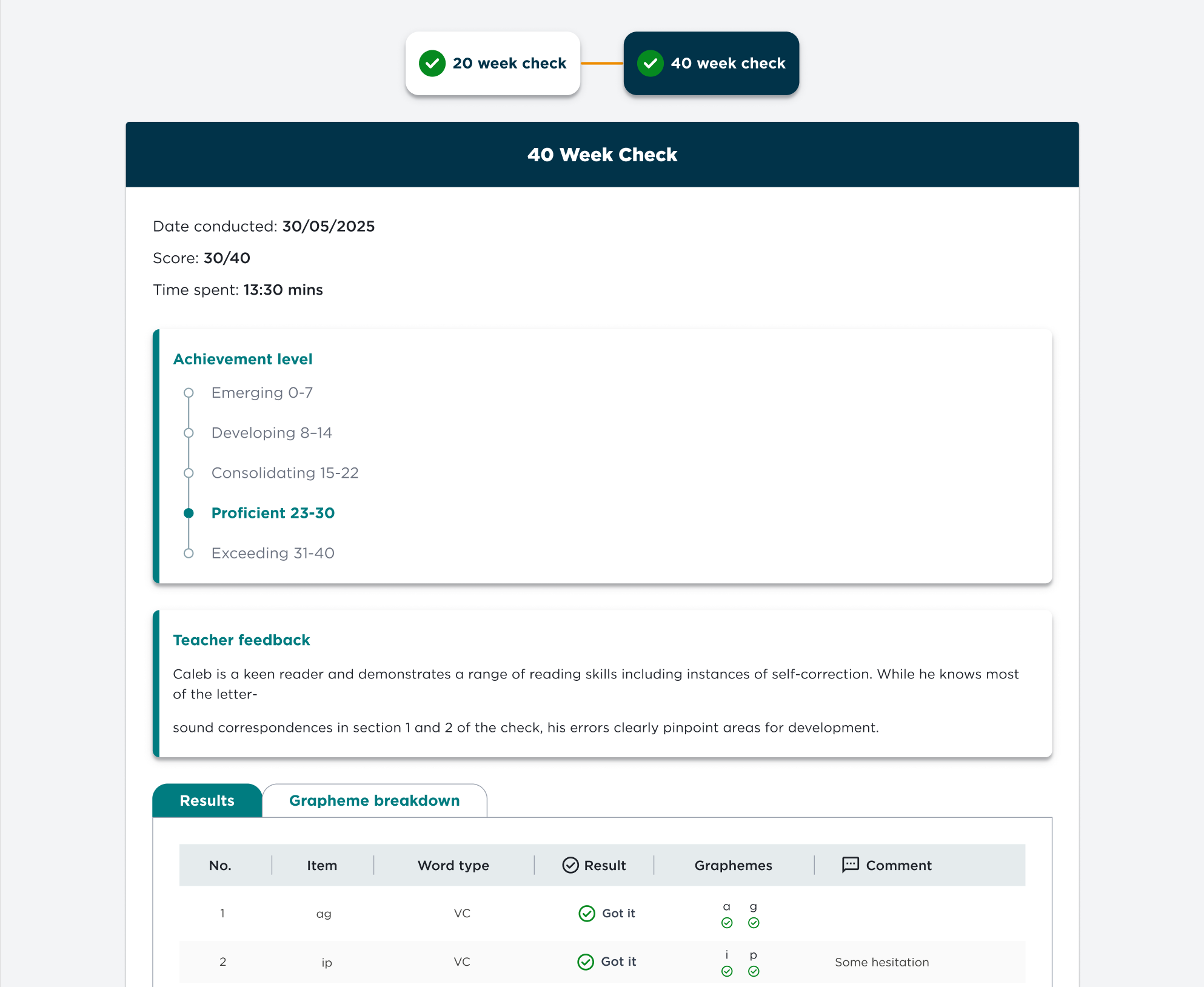
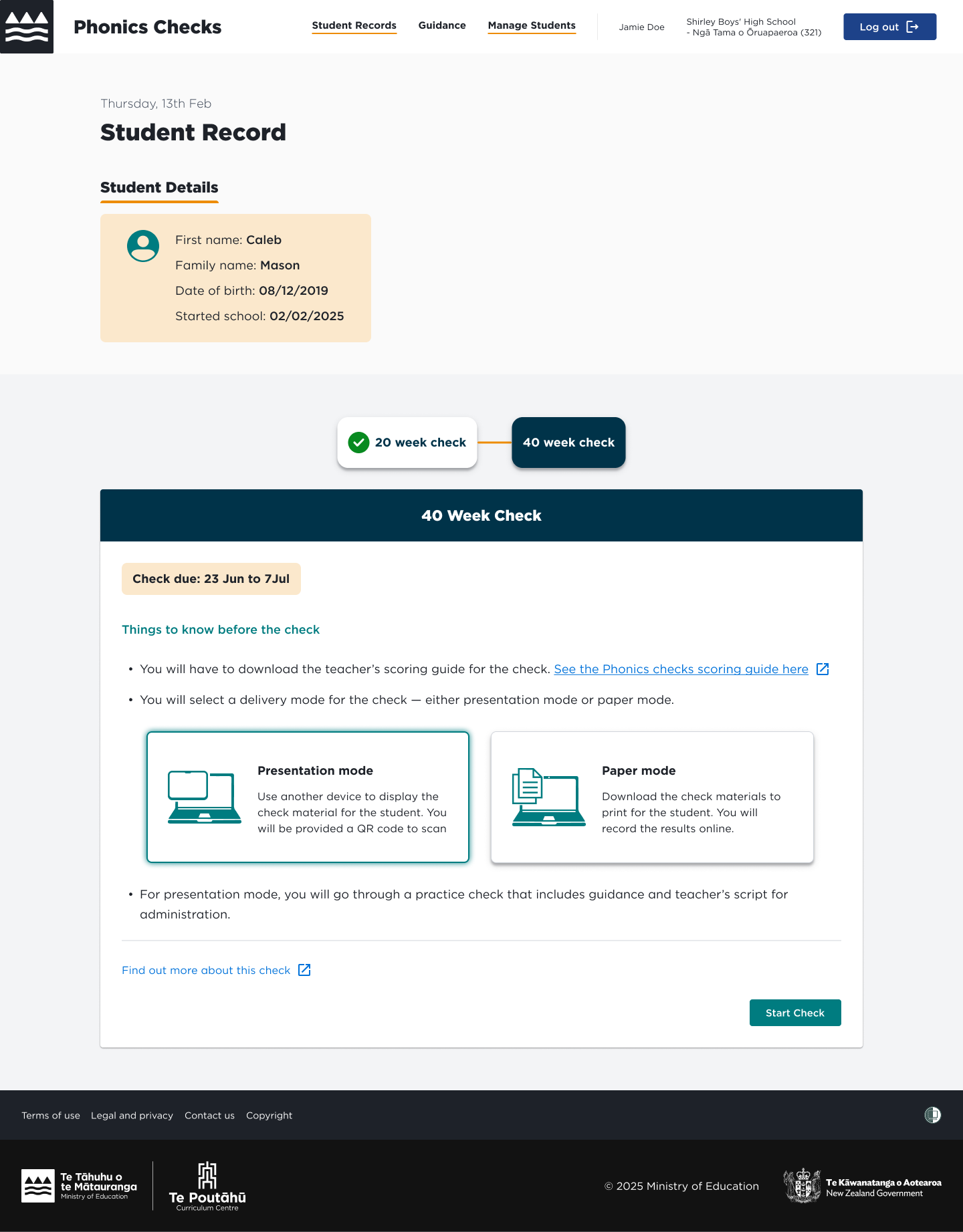
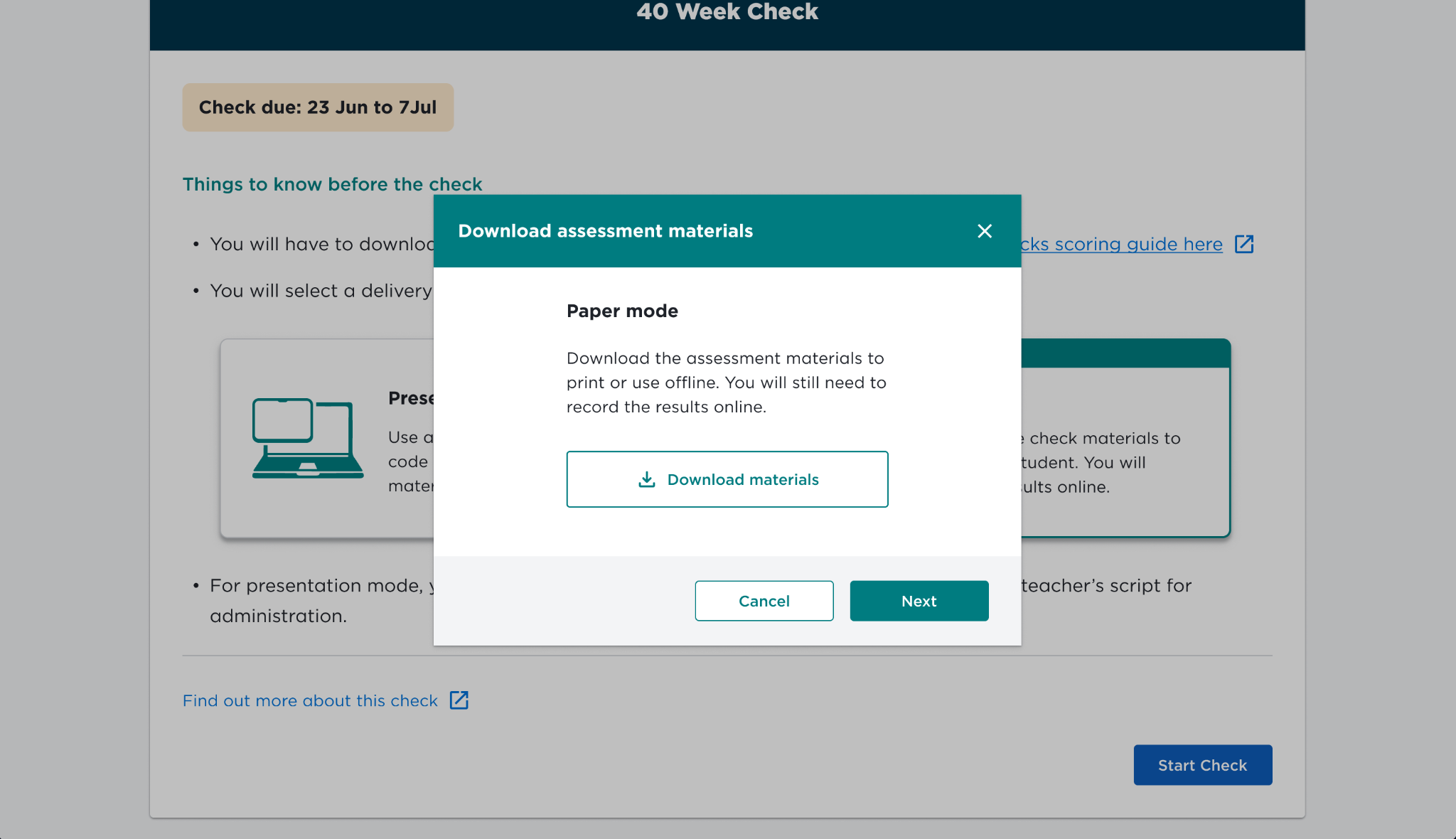
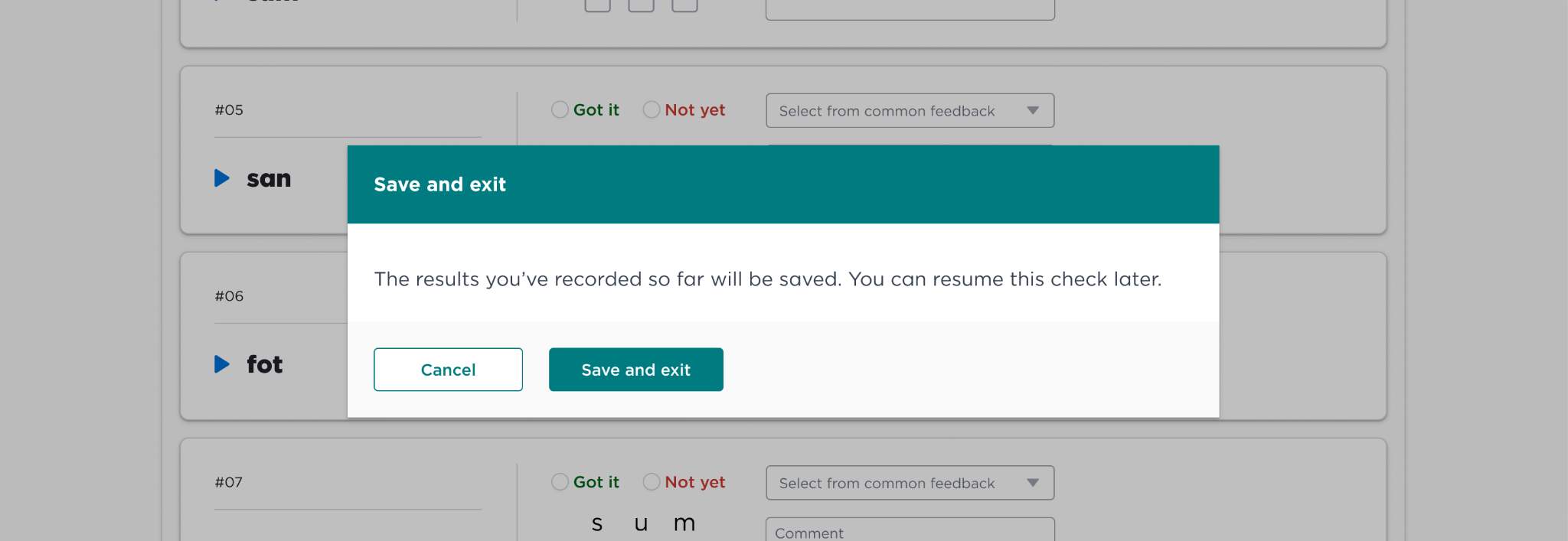
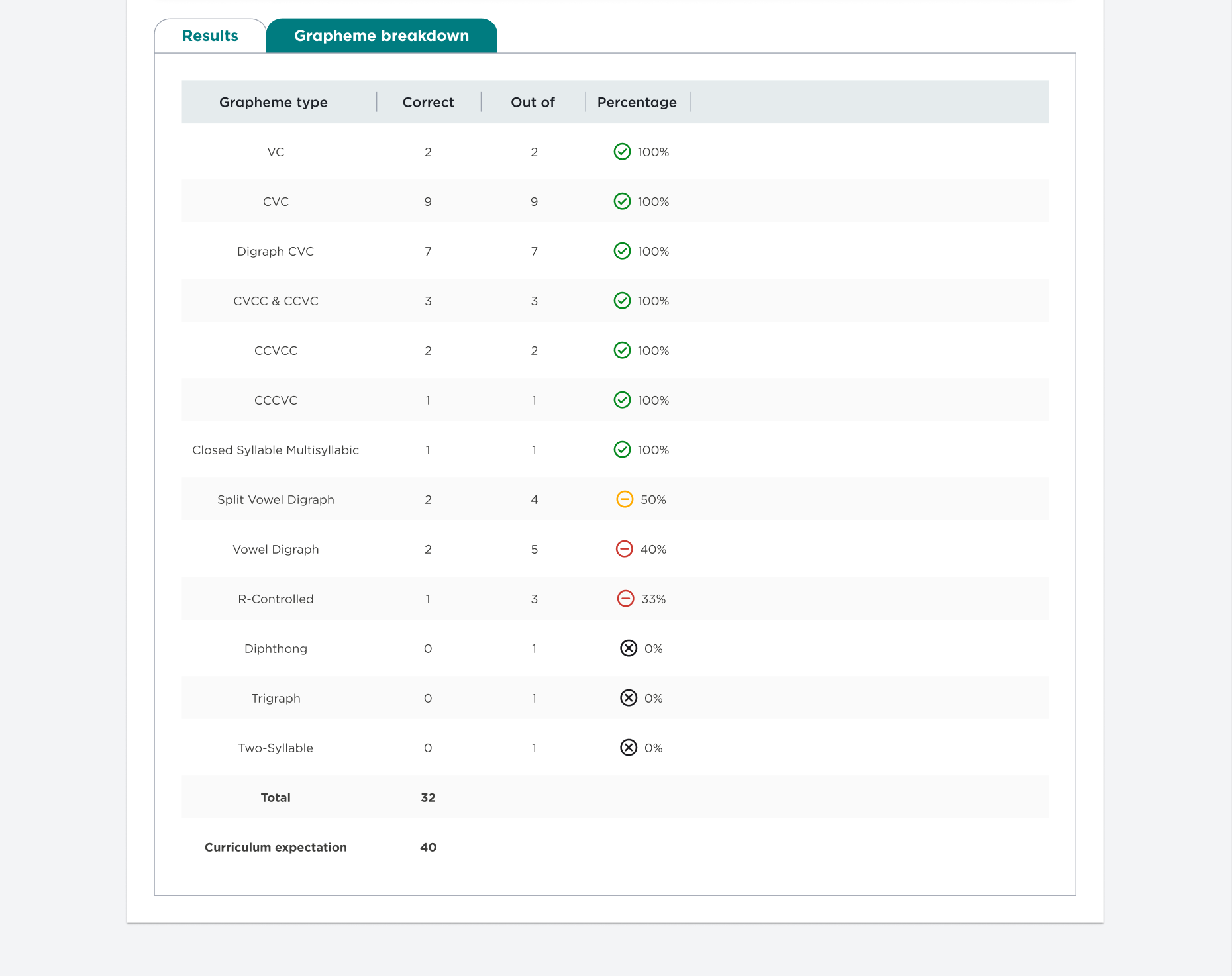
Coming up
Phonics is split into two seperate mediums: English medium and Māori medium (Hihira Weteoro). The design of Hihira Weteoro is currently in progress. The user experience will follow similiar UX patterns as english medium, while honoring Te Ao Māori.
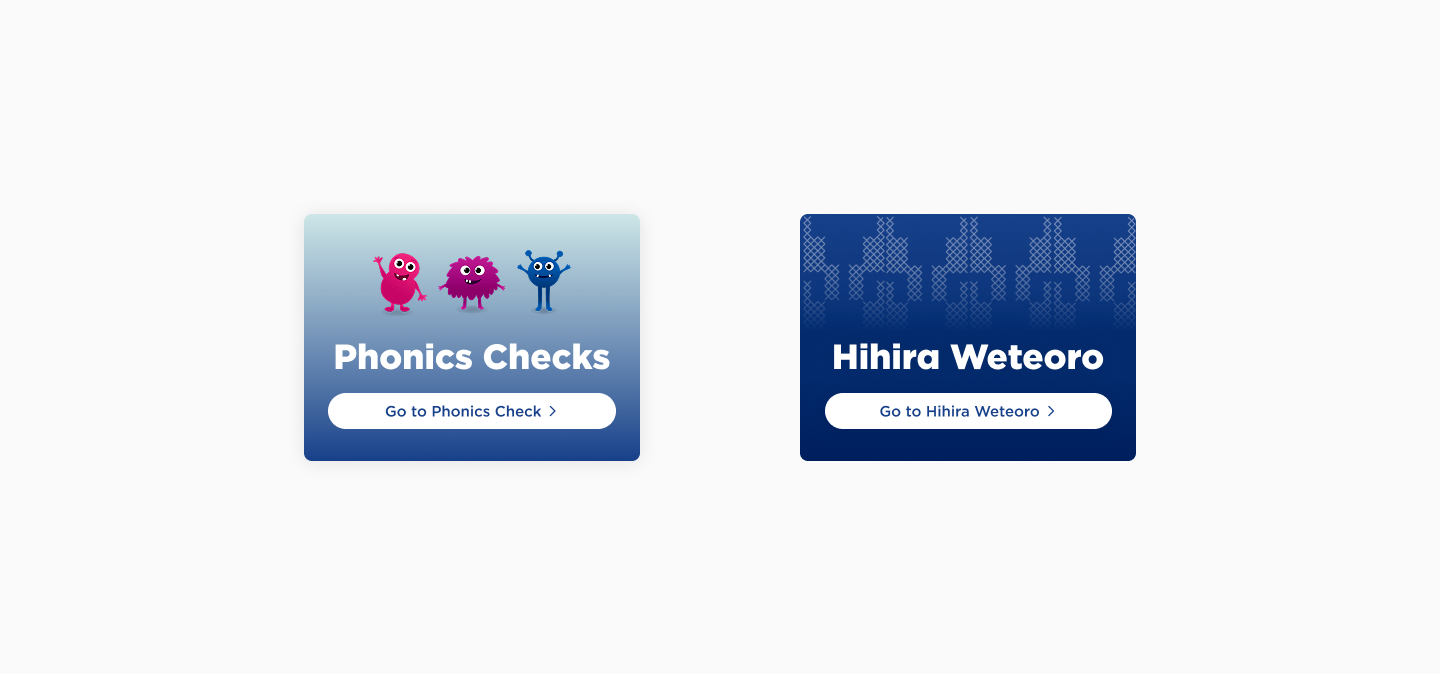
Thanks to —
Project manager: Neil Randell
BA: Nick Oakes, Richard Warriner
Project coordinator: Tom Horton
Design and testing: Emma Wang, Ramya Ravishankar, Srishti Bhardwaj, Tom Outram
